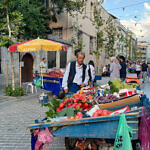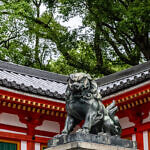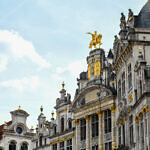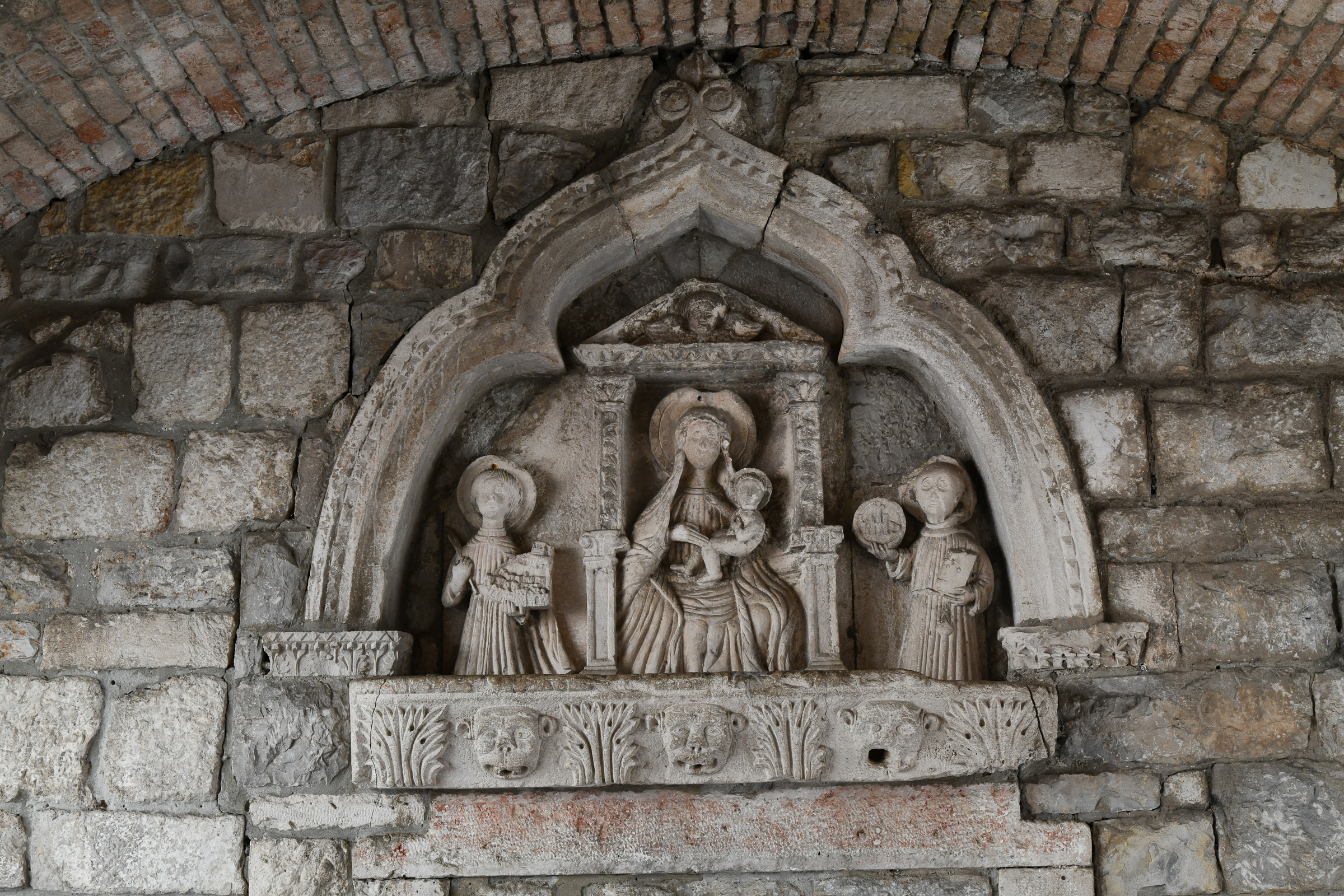
Booking a private walking tour of the Old Town of Kotor, Montenegro was the perfect way to learn about the region before settling into a week long yoga retreat in Buljarica
I simply cannot express how much Grecian airlines do not give a shit about your time or schedule. Arriving in Athens from my days in Santorini, I felt disoriented and rushed. By the power of friendly Canadians, I was able to figure out which numbered check in gate I needed to go to check my bag and what security area I needed to enter for my flight to Montenegro. Why? The Athens airport is perhaps just as large and expansive as the Istanbul Airport. In short, it’s huge.
I rushed to the check in, rushed through security – only to do all that rushing to arrive at the gate – and wait.
And wait. And wait some more. Without an explanation.
Like my last time flying Aegean Air, with Olympic Air, shit wasn’t that much different. Which concerned me because I’d booked the Airbnb Experience, “Kotor Old Town Authentic Walking Tour/W Local Licensed Guide” with Milo to start at a specific time.
As the time moved on and I was still stuck in Athens, all I could do was update Milo on my flight and status, until we were officially asked to board the propeller plane.
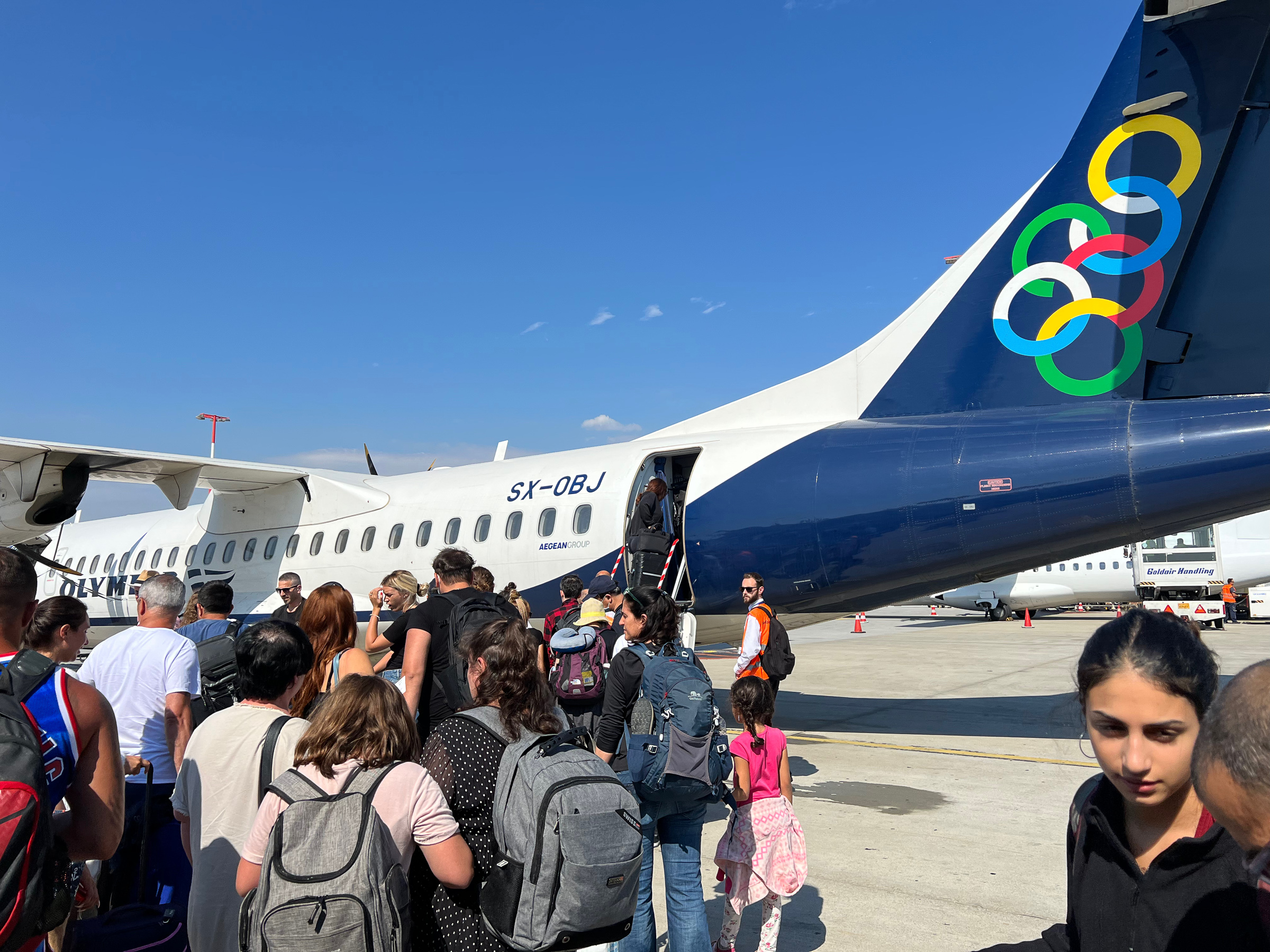
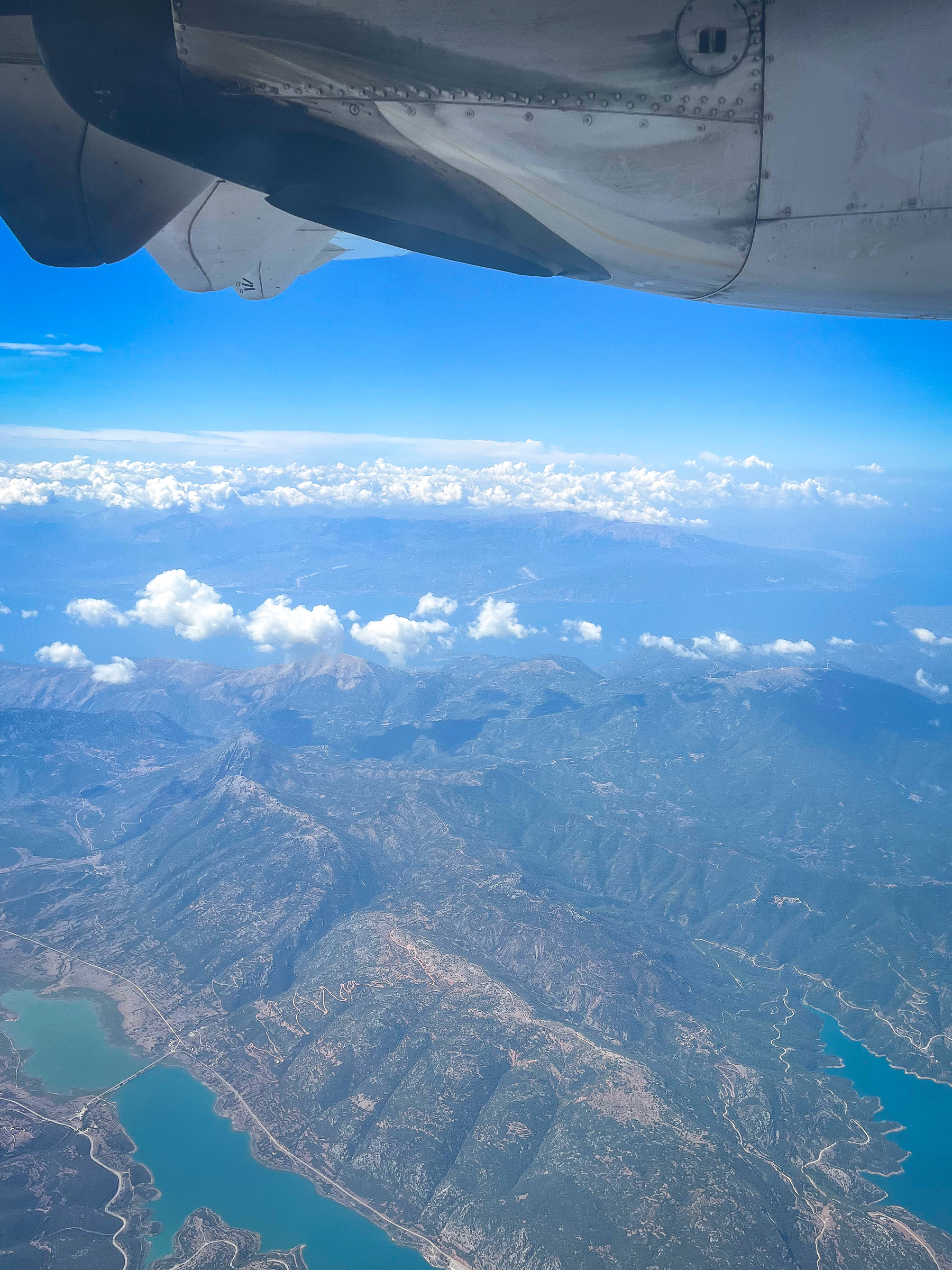
Hours later than original expected, we arrived in Podgorica. Luckily, because of my communications and updates, Milo was in the waiting area, with a sign, waiting for me to arrive. After a short greeting, we were on our way.
Leaving Podgorica, I was in awe of how big, blue and beautiful the sky was. The clouds were puffy and expansive. I took a light nap as Milo drove us to Kotor.
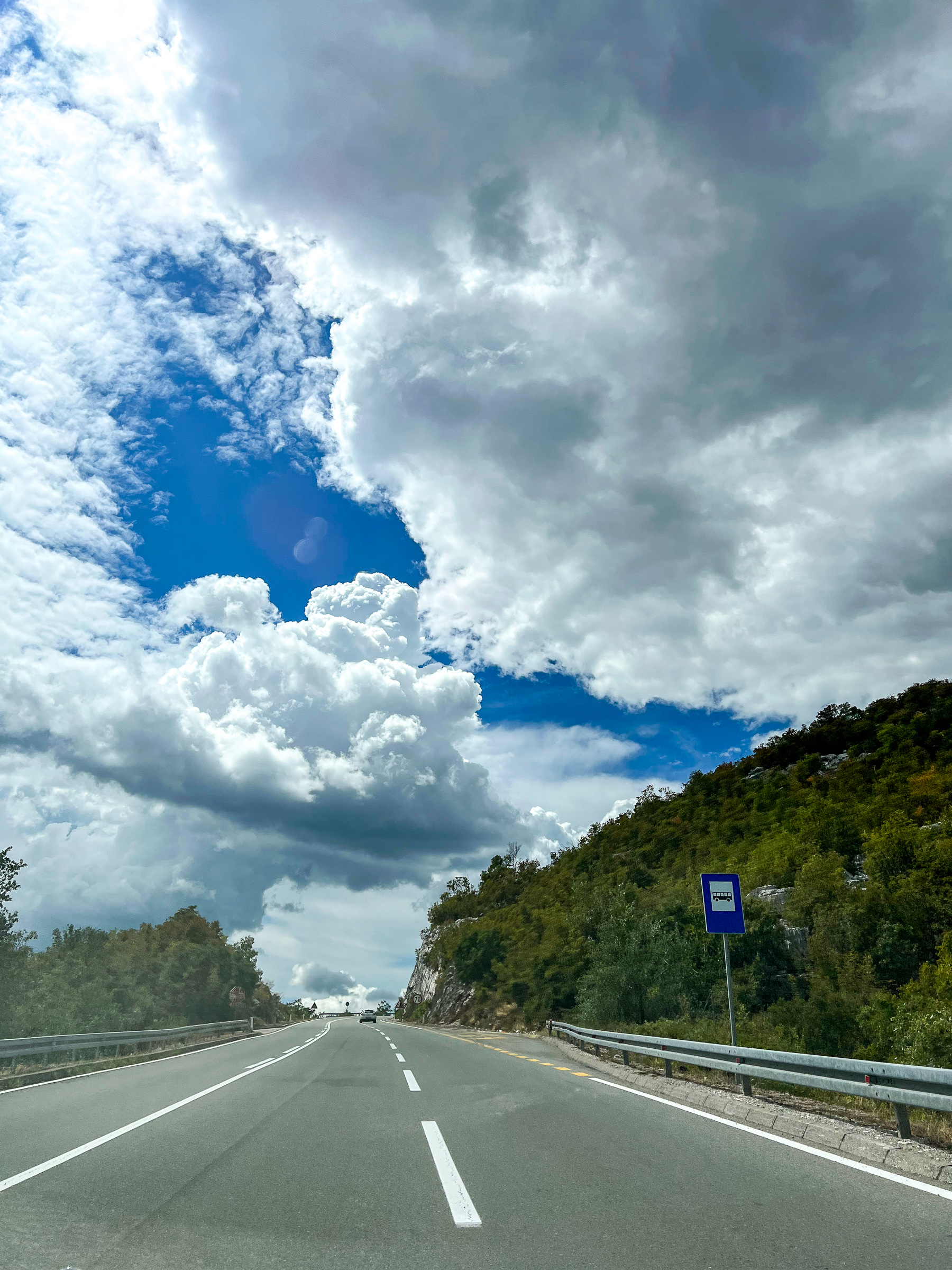
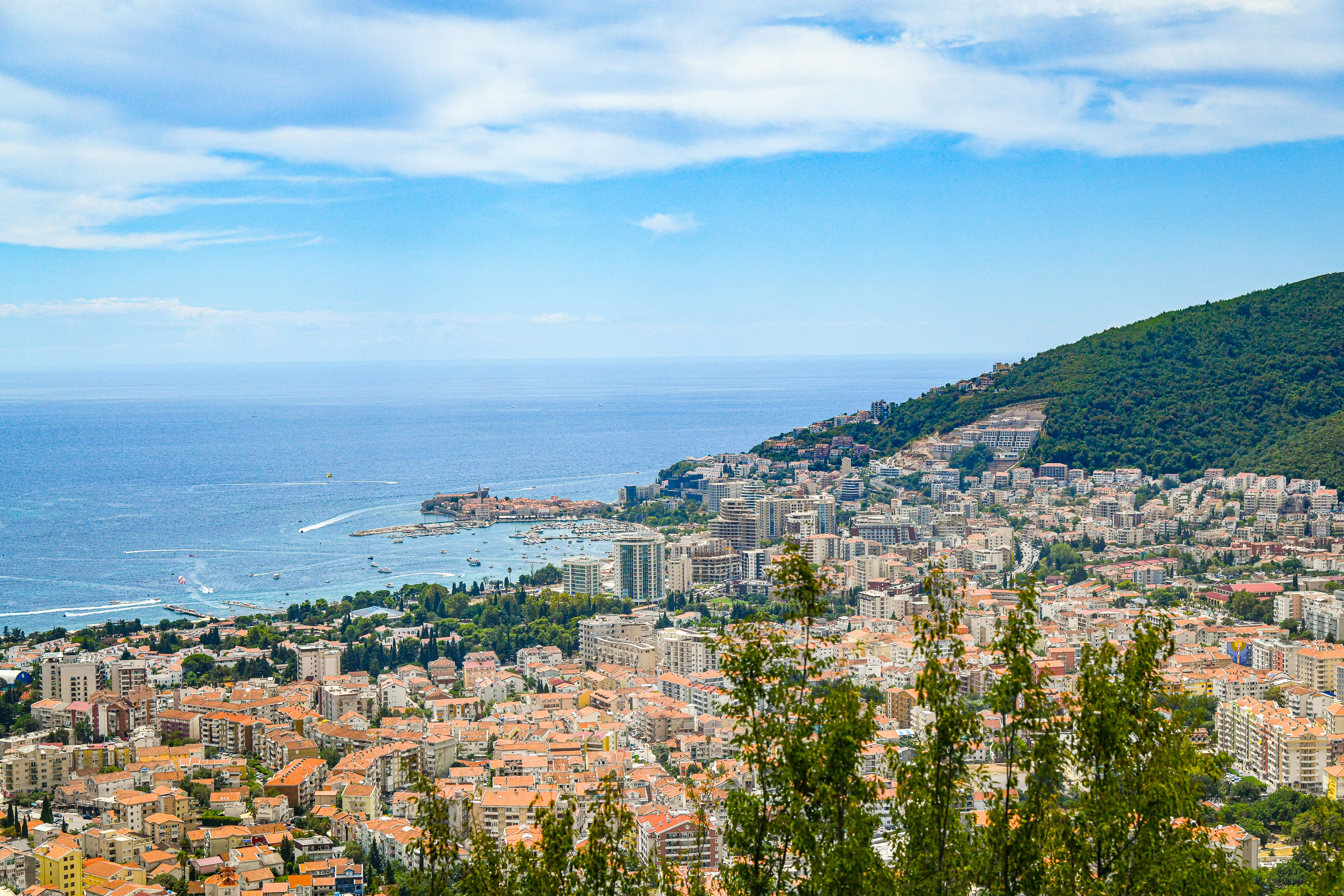
A little background of Kotor, a the beautifully historic town located in Montenegro on the Adriatic Sea:
Ancient Times: The area around Kotor was settled by various ancient civilizations, including the Illyrians, who were the earliest known inhabitants. Later, in the 4th century BC, Kotor was colonized by the ancient Greeks. The town was known as Acruvium during this time.
Roman Period: The Romans conquered the region in the 2nd century BC and integrated it into the Roman province of Dalmatia. Kotor, then known as Cattaro, became an important Roman settlement and developed into a significant trade and maritime center.
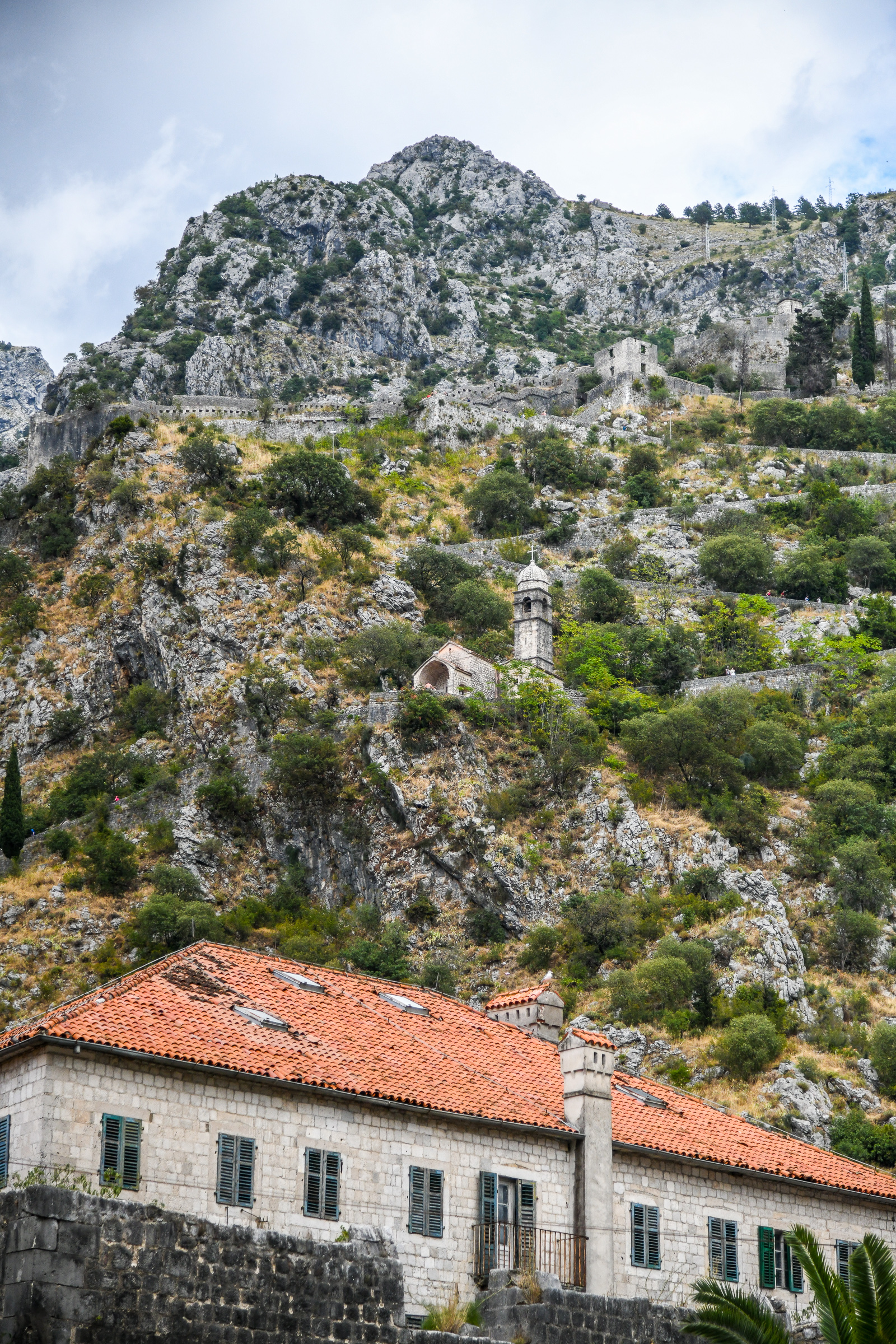
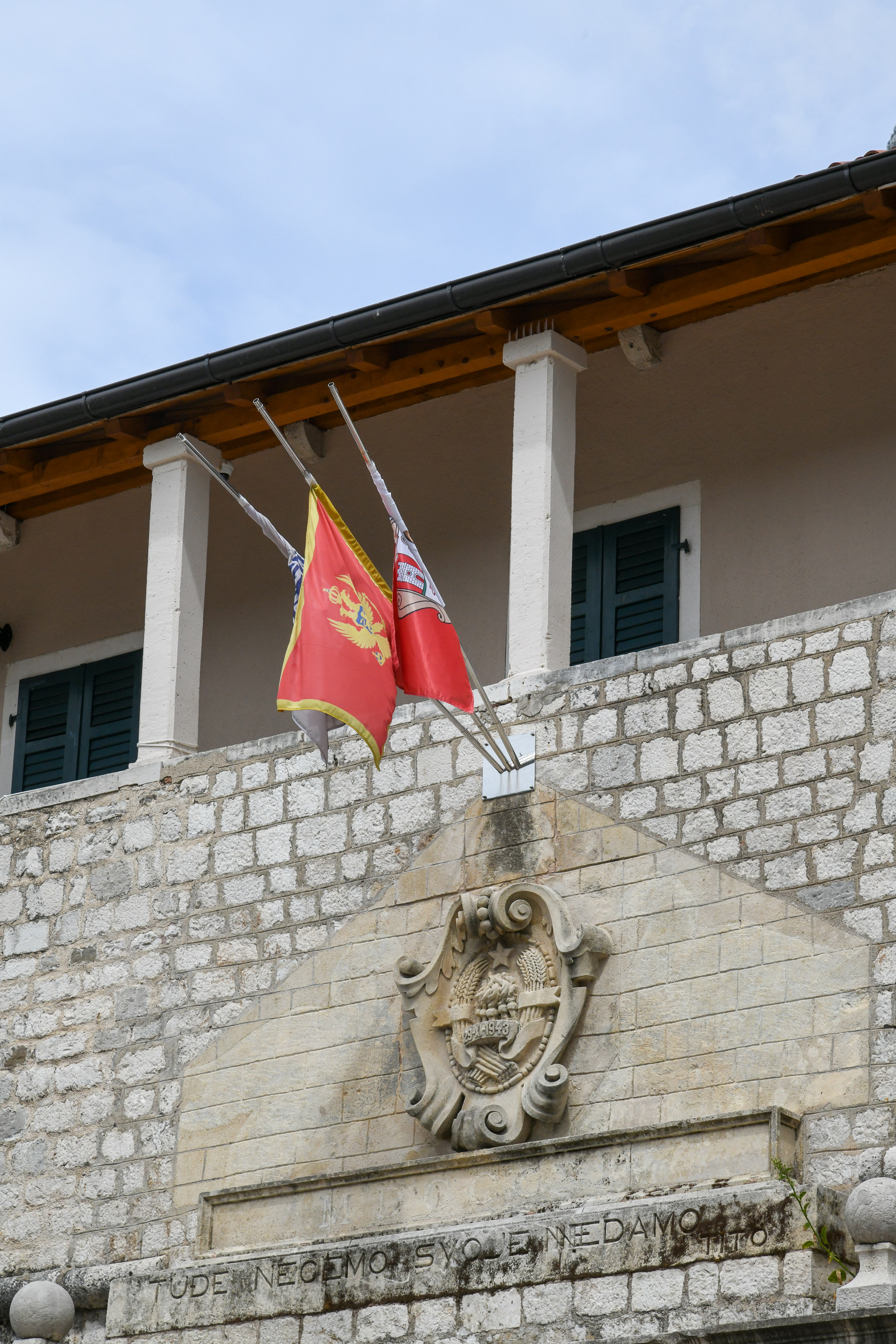
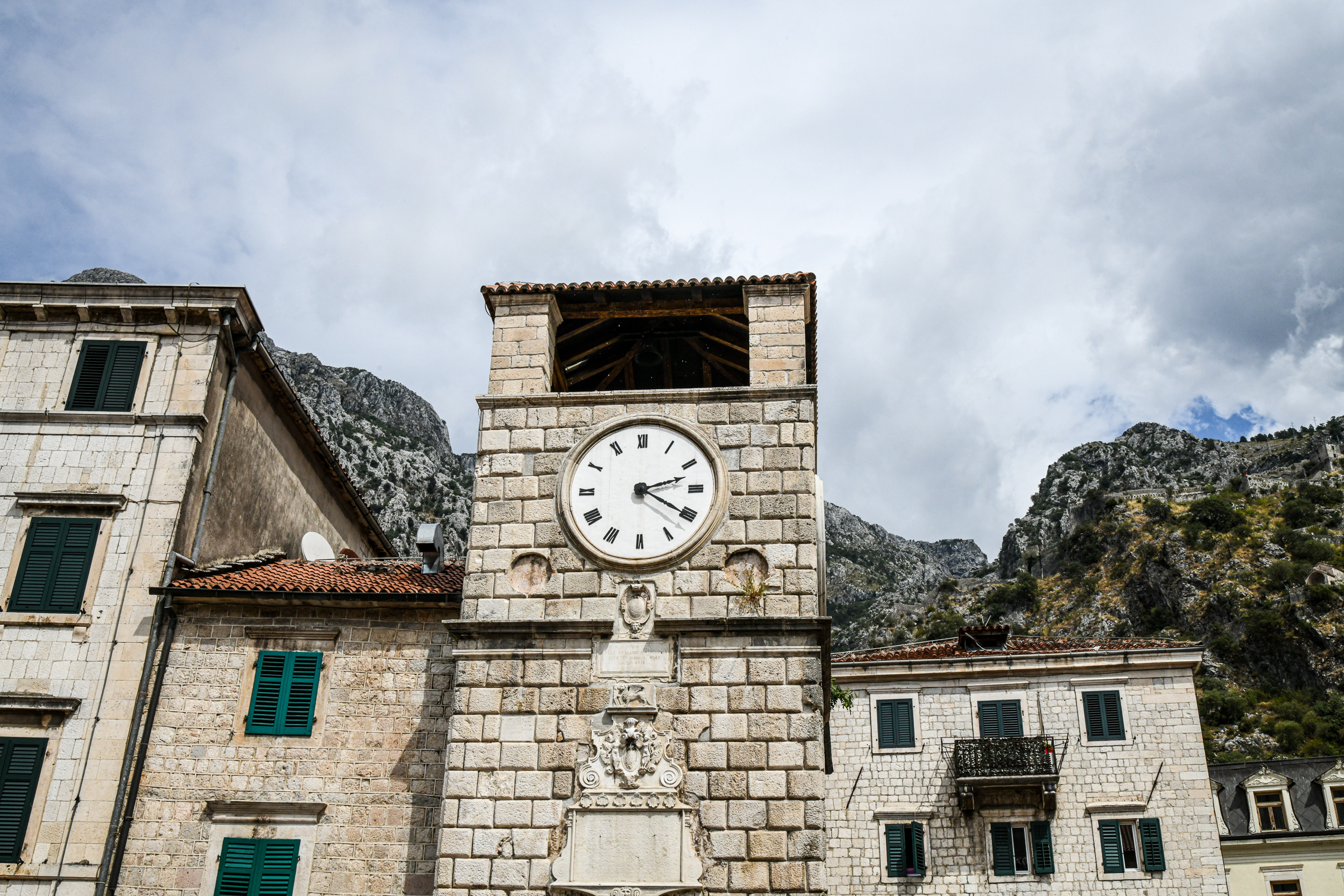
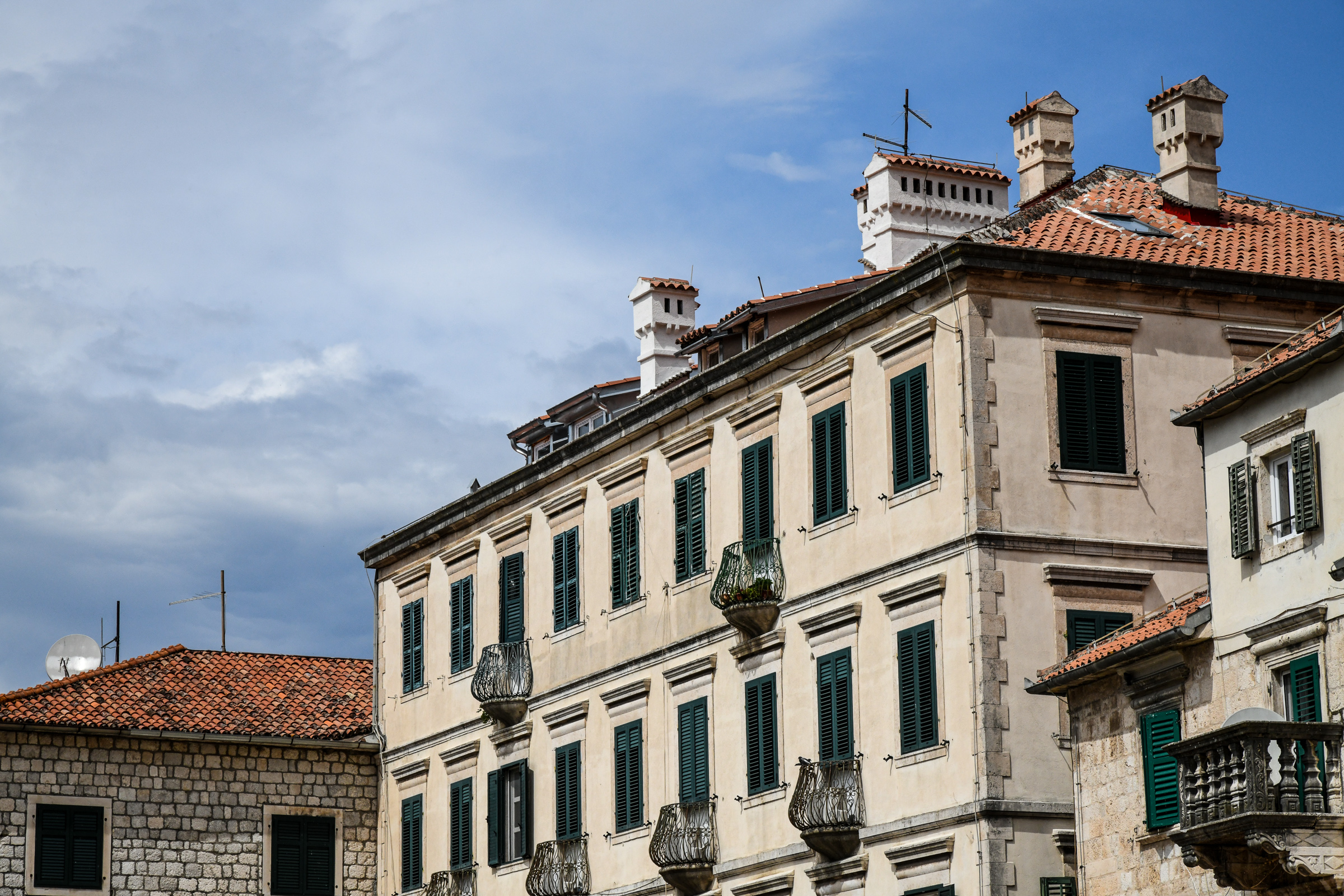
Byzantine and Medieval Period: With the fall of the Western Roman Empire in the 5th century AD, the region came under the control of the Eastern Roman (Byzantine) Empire. In the early Middle Ages, Kotor faced numerous invasions, including attacks by Slavic tribes and the Goths.
Venetian Republic: In the 14th century, Kotor fell under the rule of the powerful Venetian Republic. The Venetians fortified the town with impressive city walls that are still well-preserved today. During this period, Kotor thrived as a major trading port, connecting the Balkans to the rest of Europe.
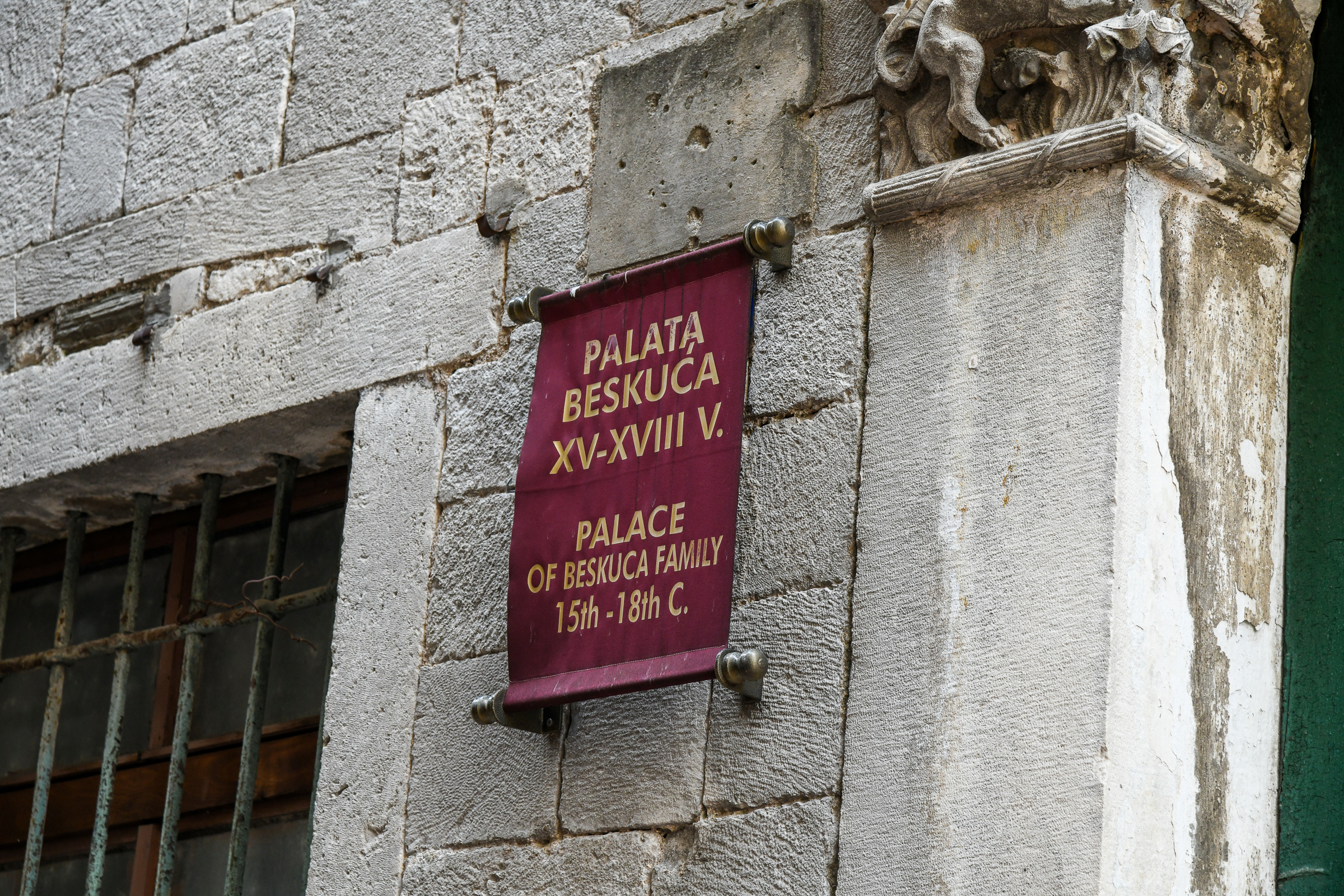
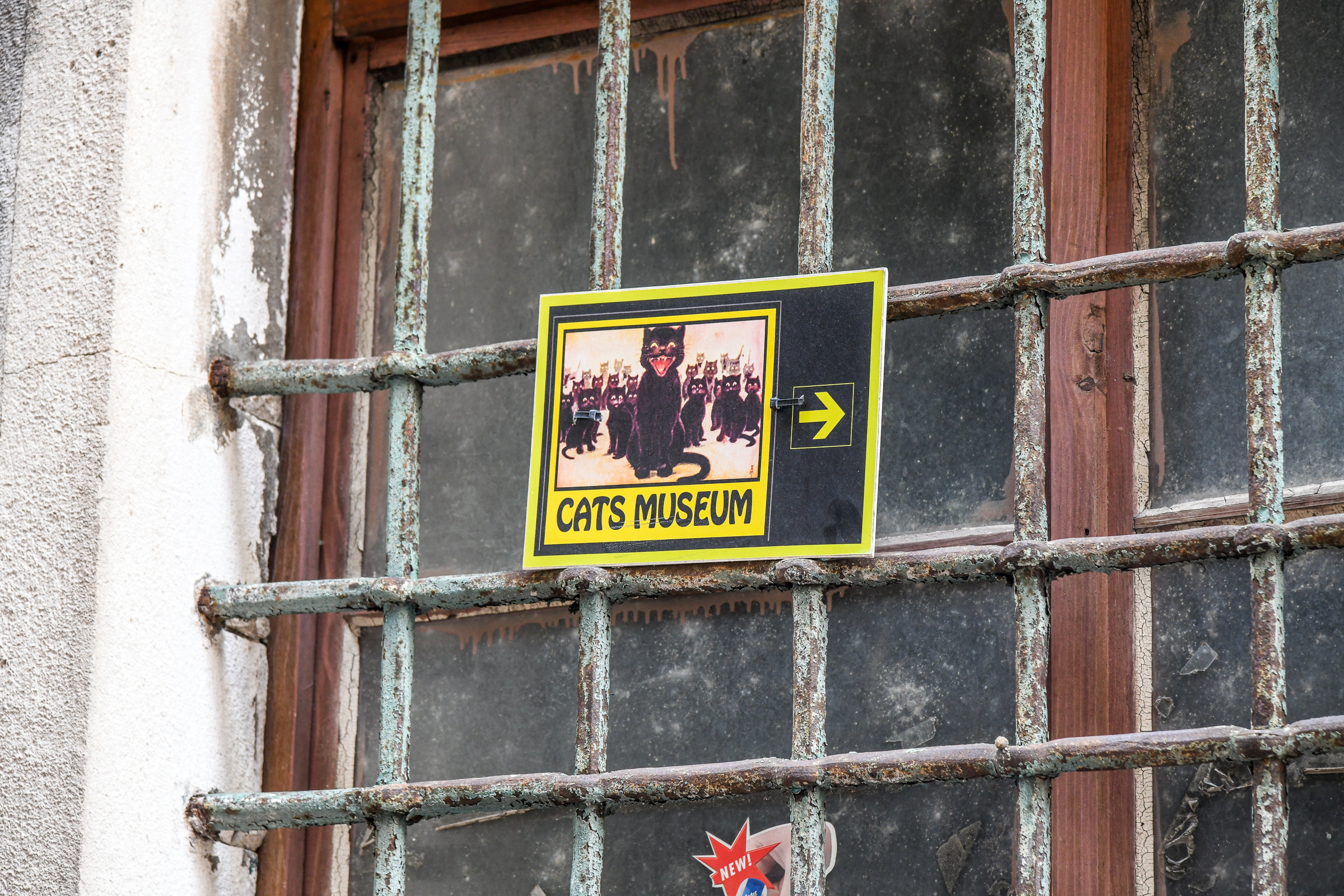
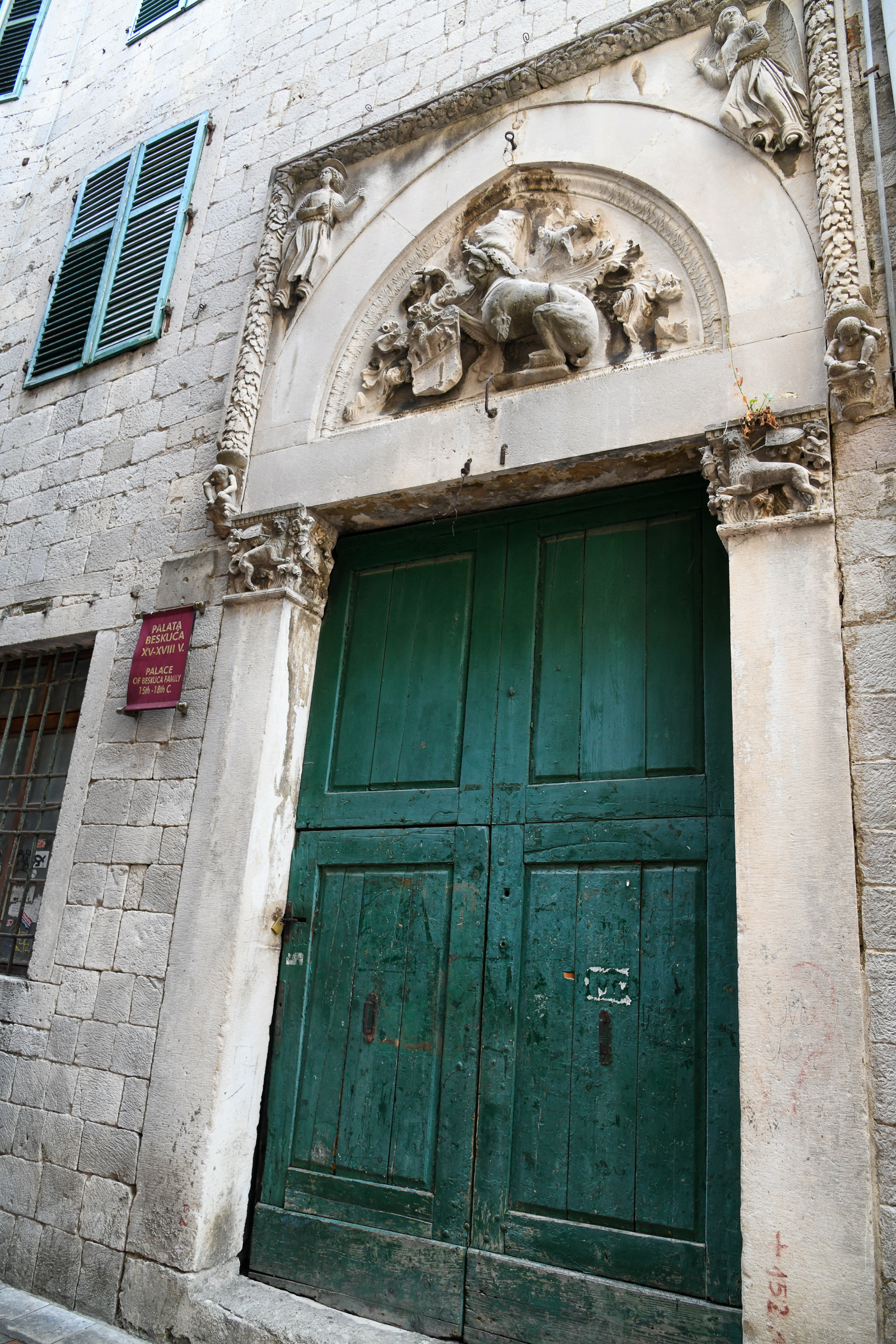
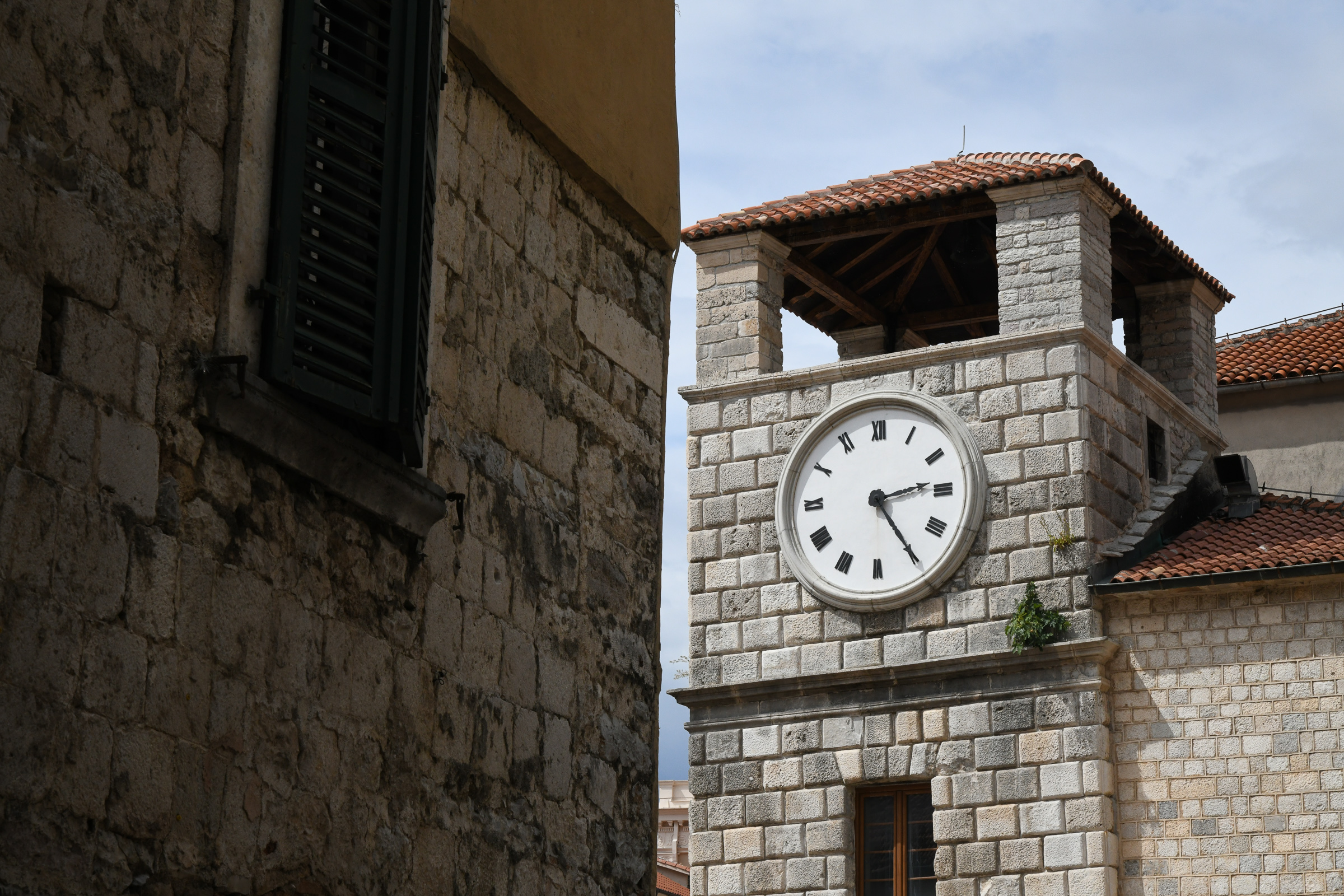
Ottoman and Napoleonic Eras: In the late 18th century, the Venetian Republic’s power declined, and Kotor came under the control of the Habsburg Empire briefly before falling to the Ottoman Empire. In the early 19th century, during the Napoleonic Wars, the region experienced a short period of French rule.
Austro-Hungarian Empire: After the defeat of Napoleon, Kotor became part of the Austro-Hungarian Empire in the early 19th century. This period saw significant economic and cultural development in the town.
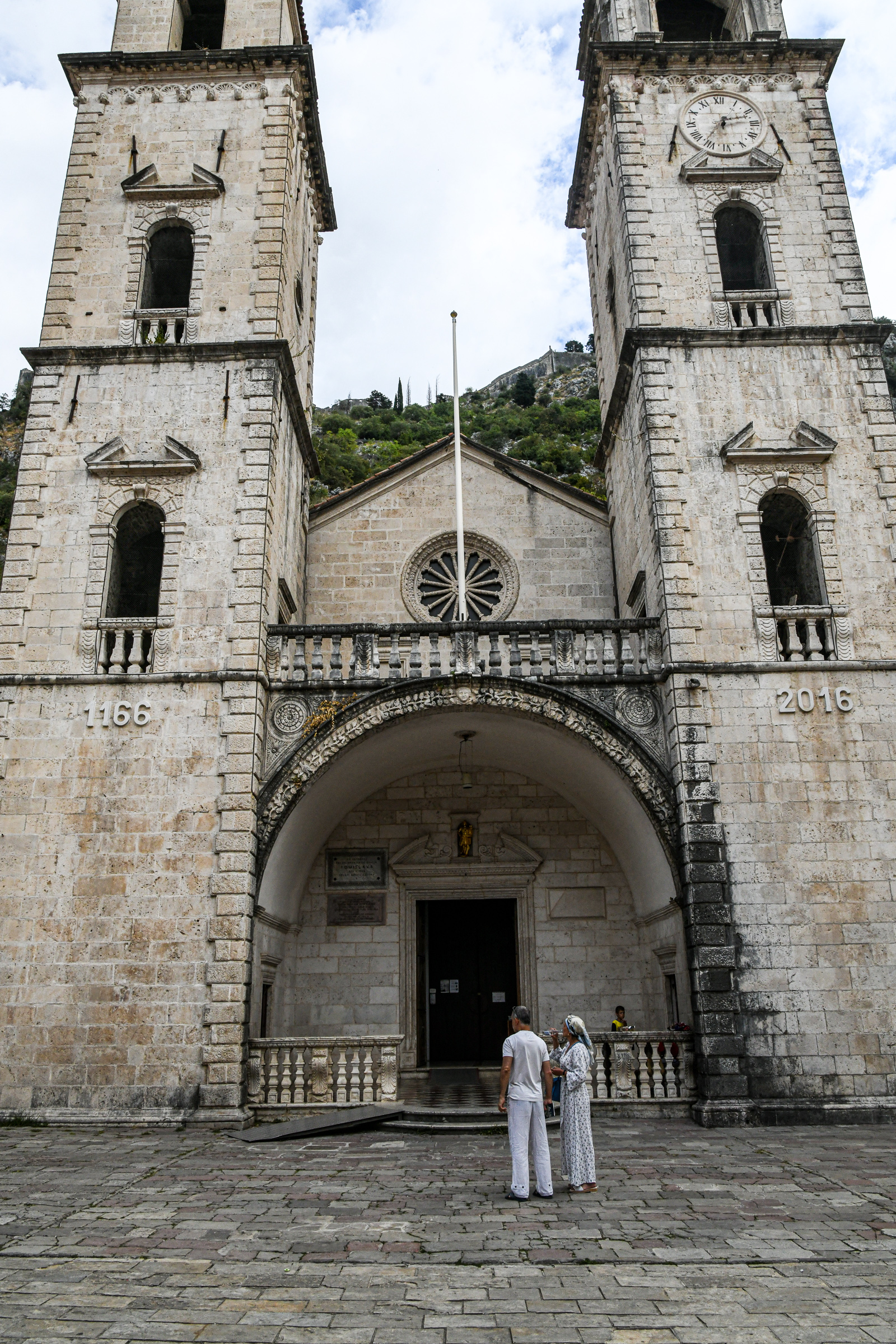
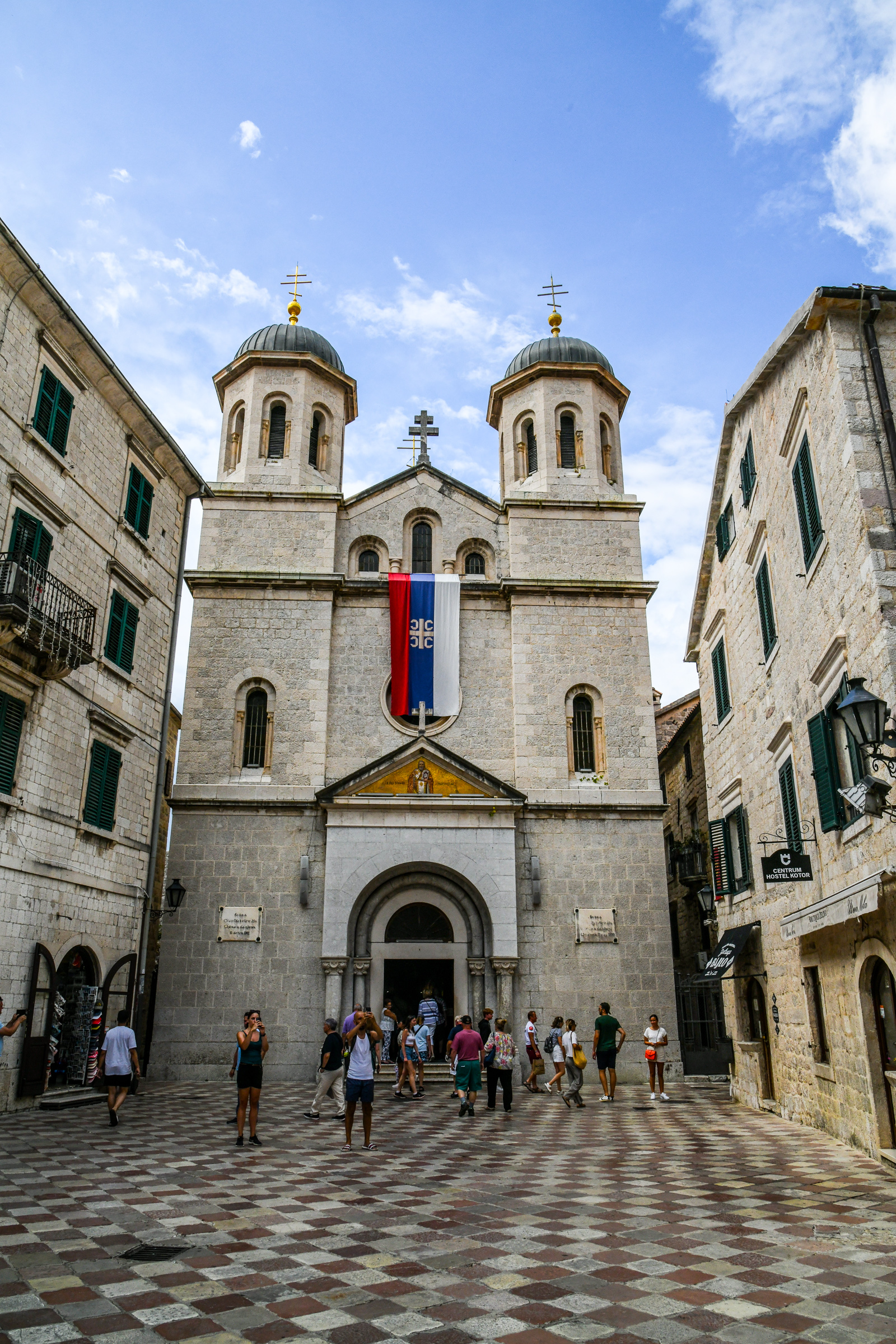
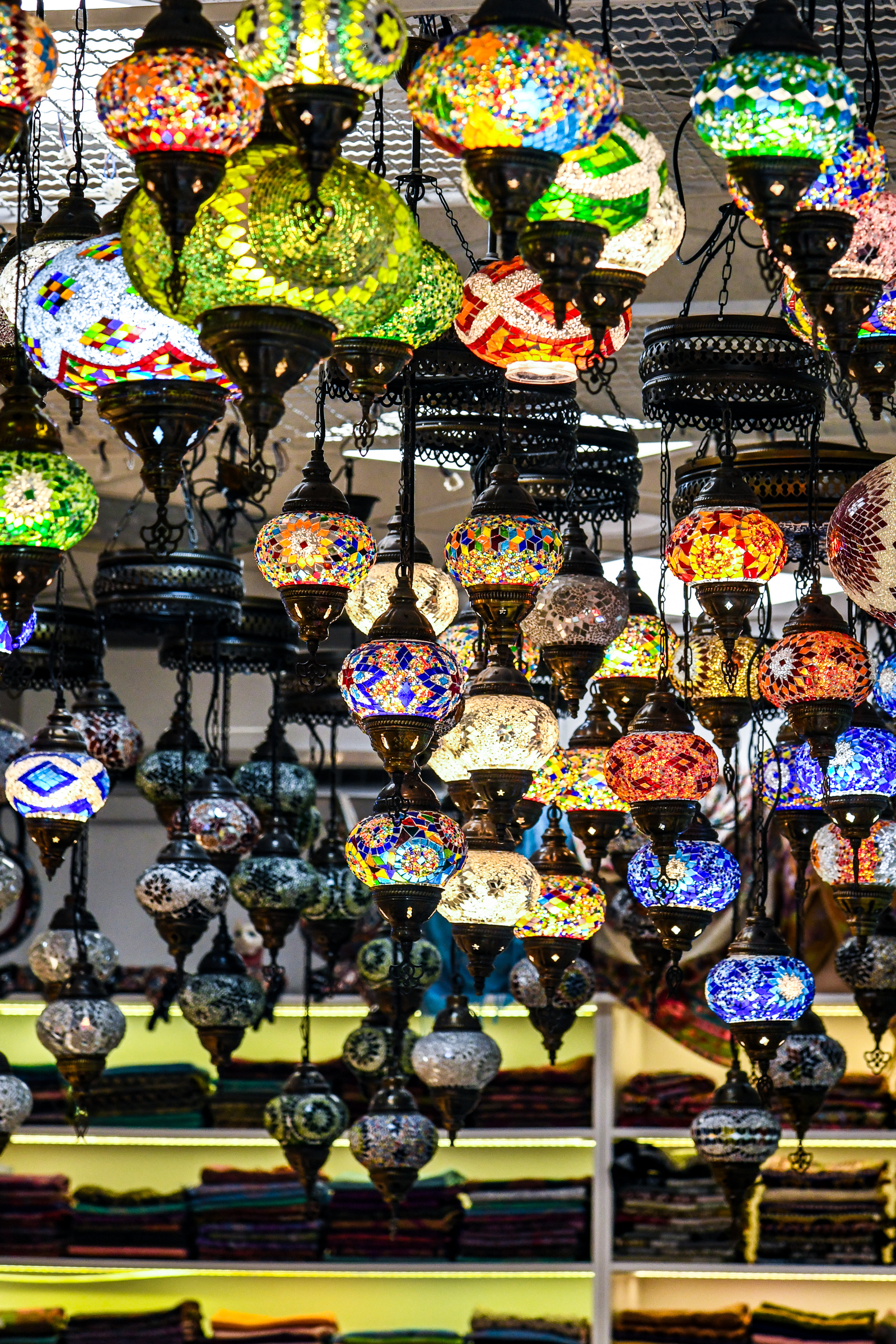
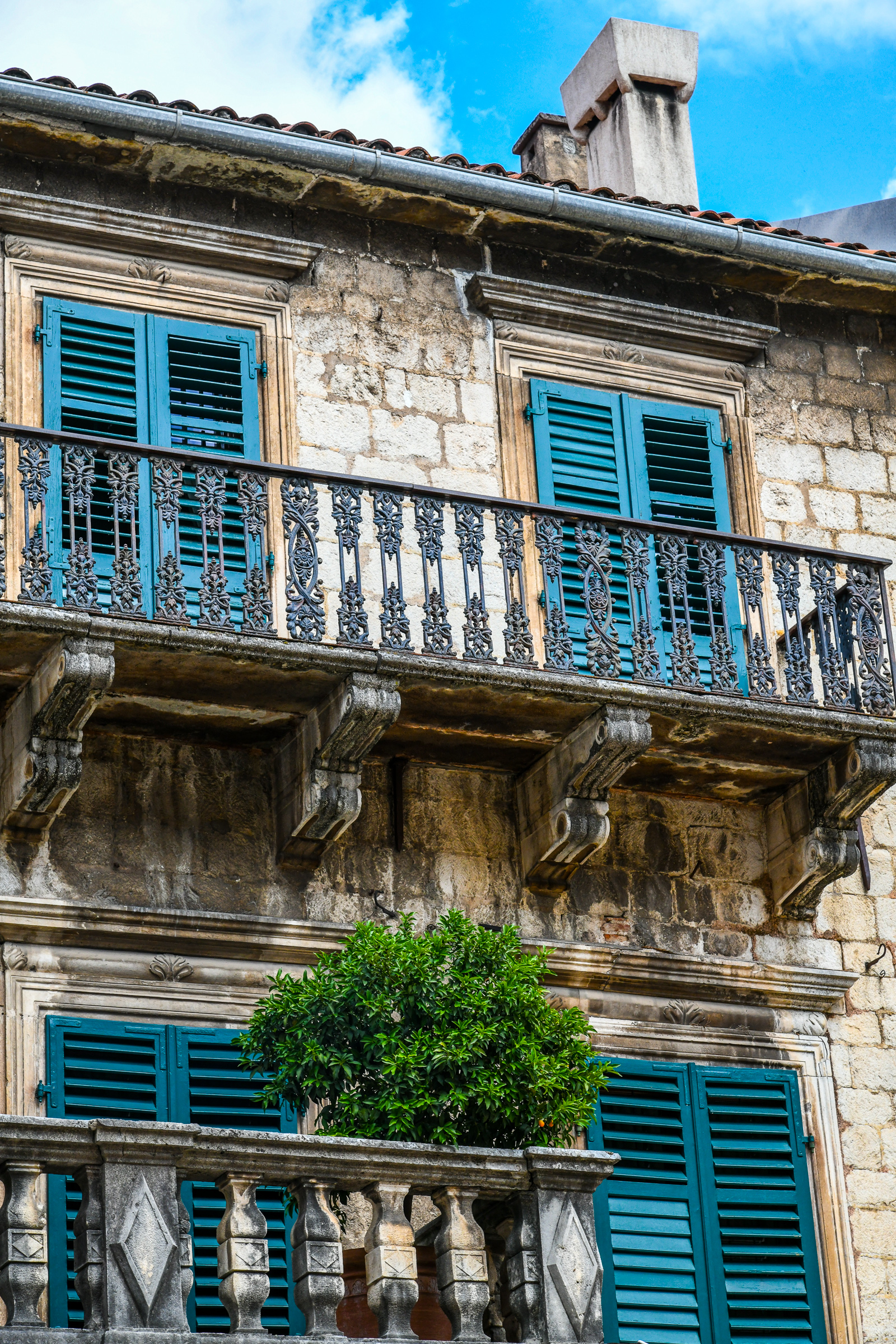
Kingdom of Yugoslavia: Following the end of World War I, Kotor became part of the newly formed Kingdom of Serbs, Croats, and Slovenes, which later became the Kingdom of Yugoslavia.
Socialist Yugoslavia: After World War II, Kotor became part of socialist Yugoslavia under the leadership of Josip Broz Tito. During this time, Kotor’s historical significance was recognized, and preservation efforts intensified to protect its cultural heritage.
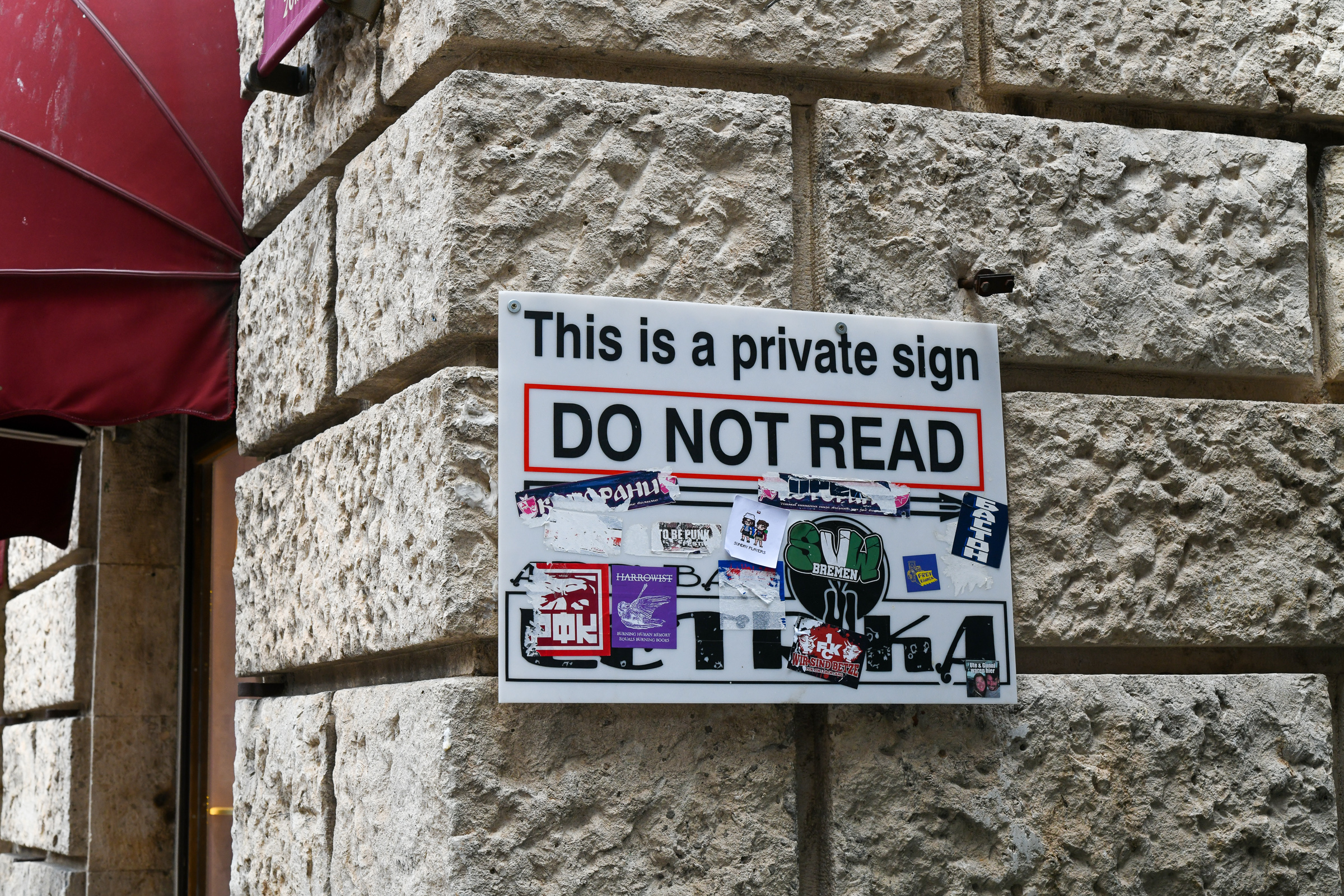
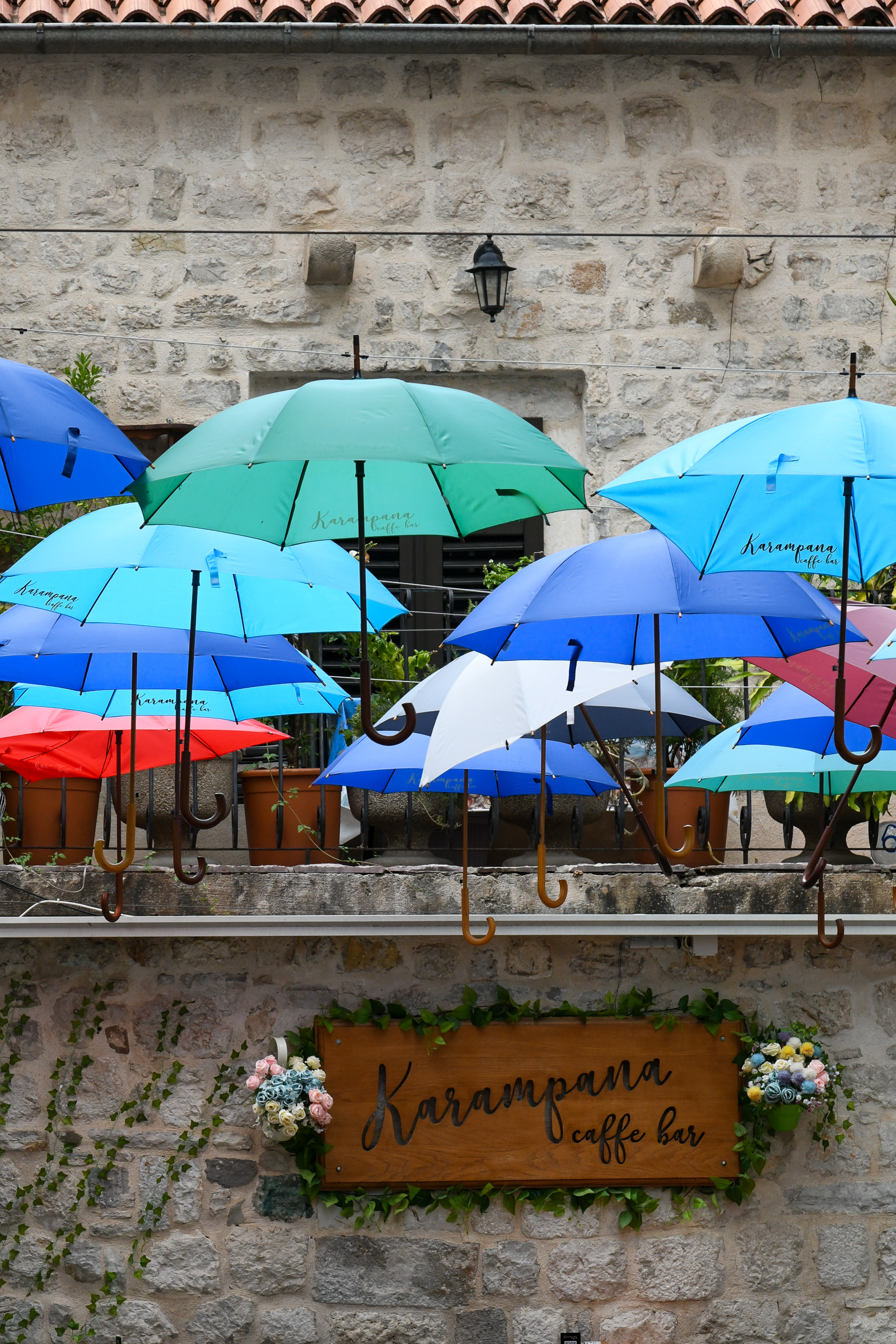
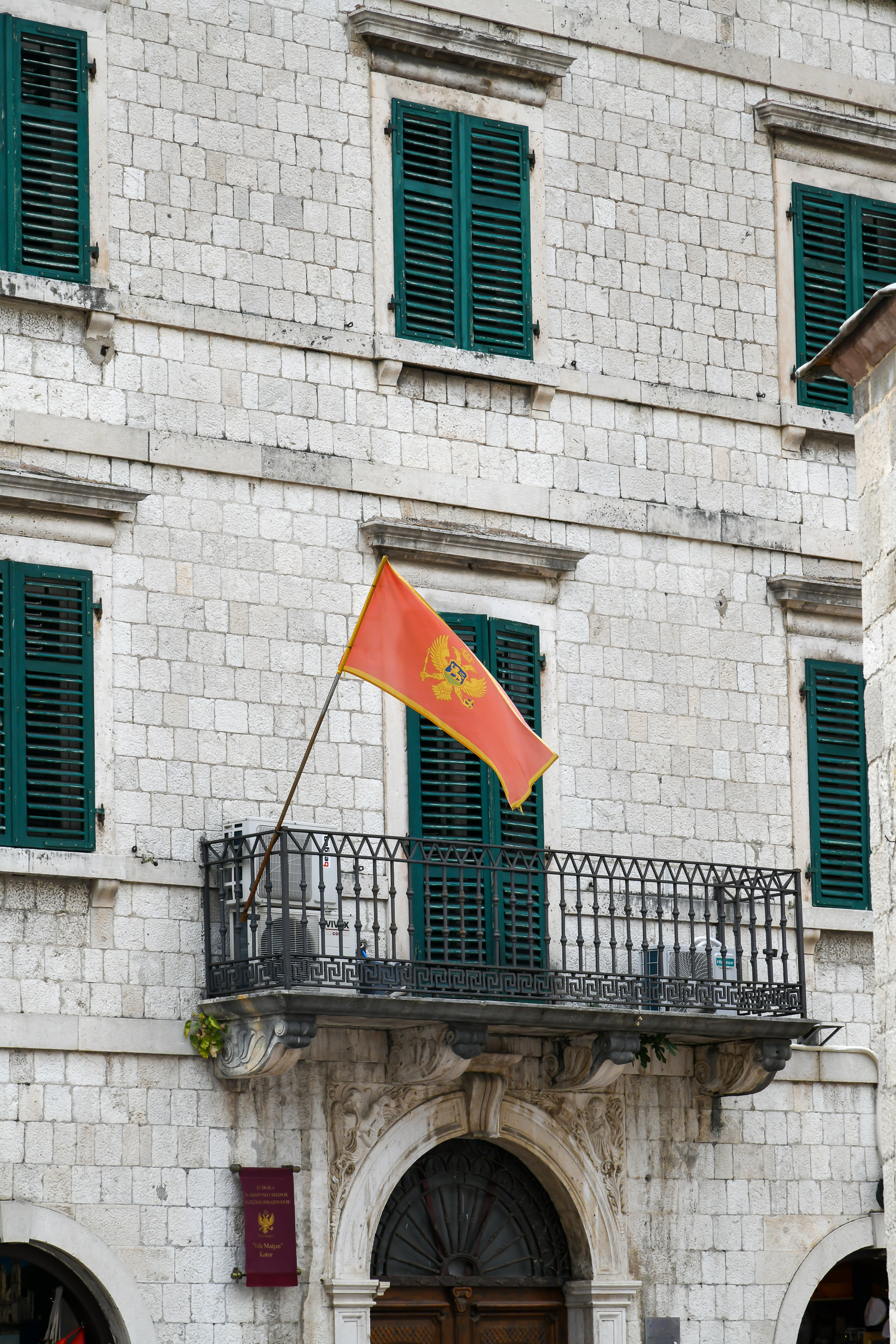
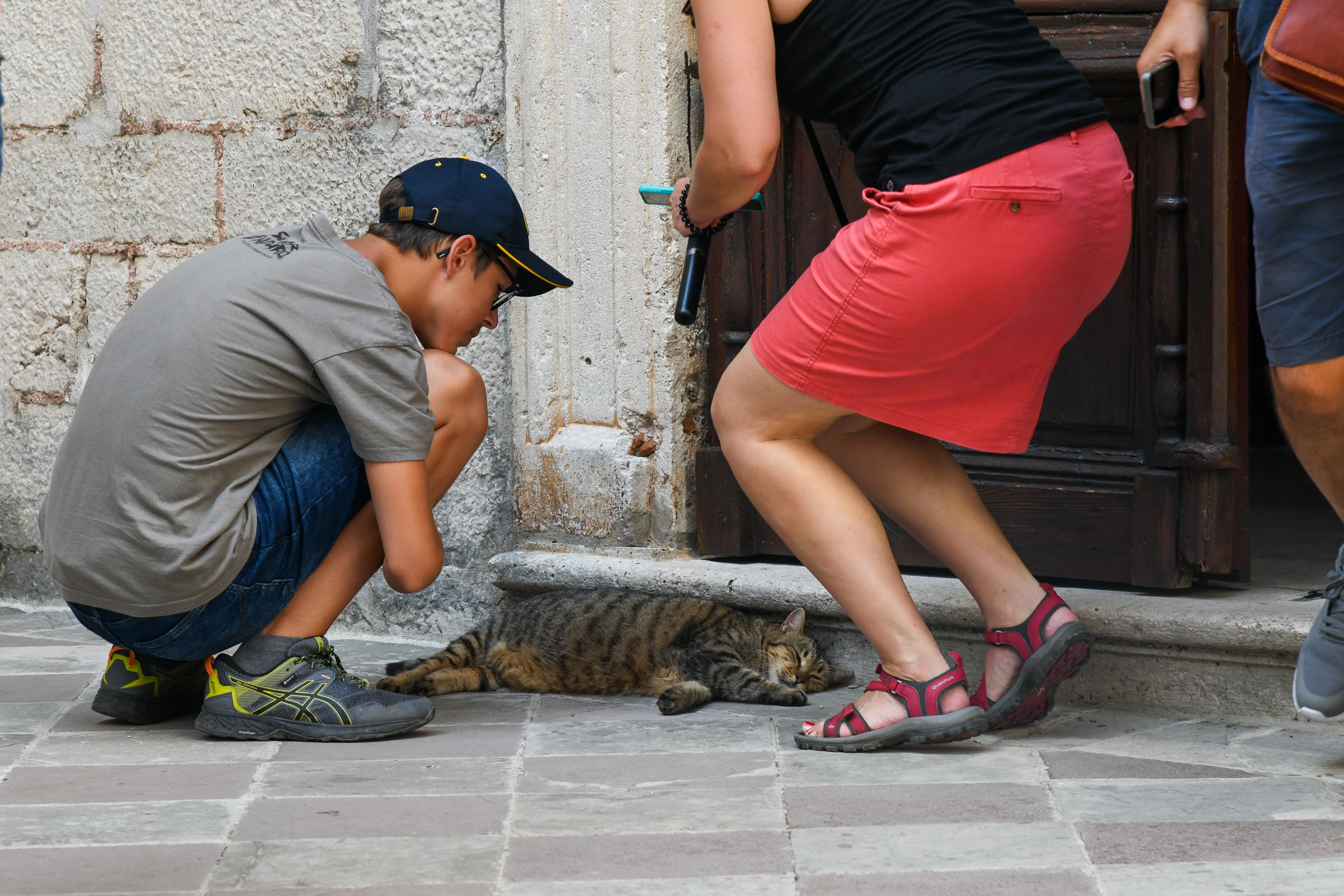
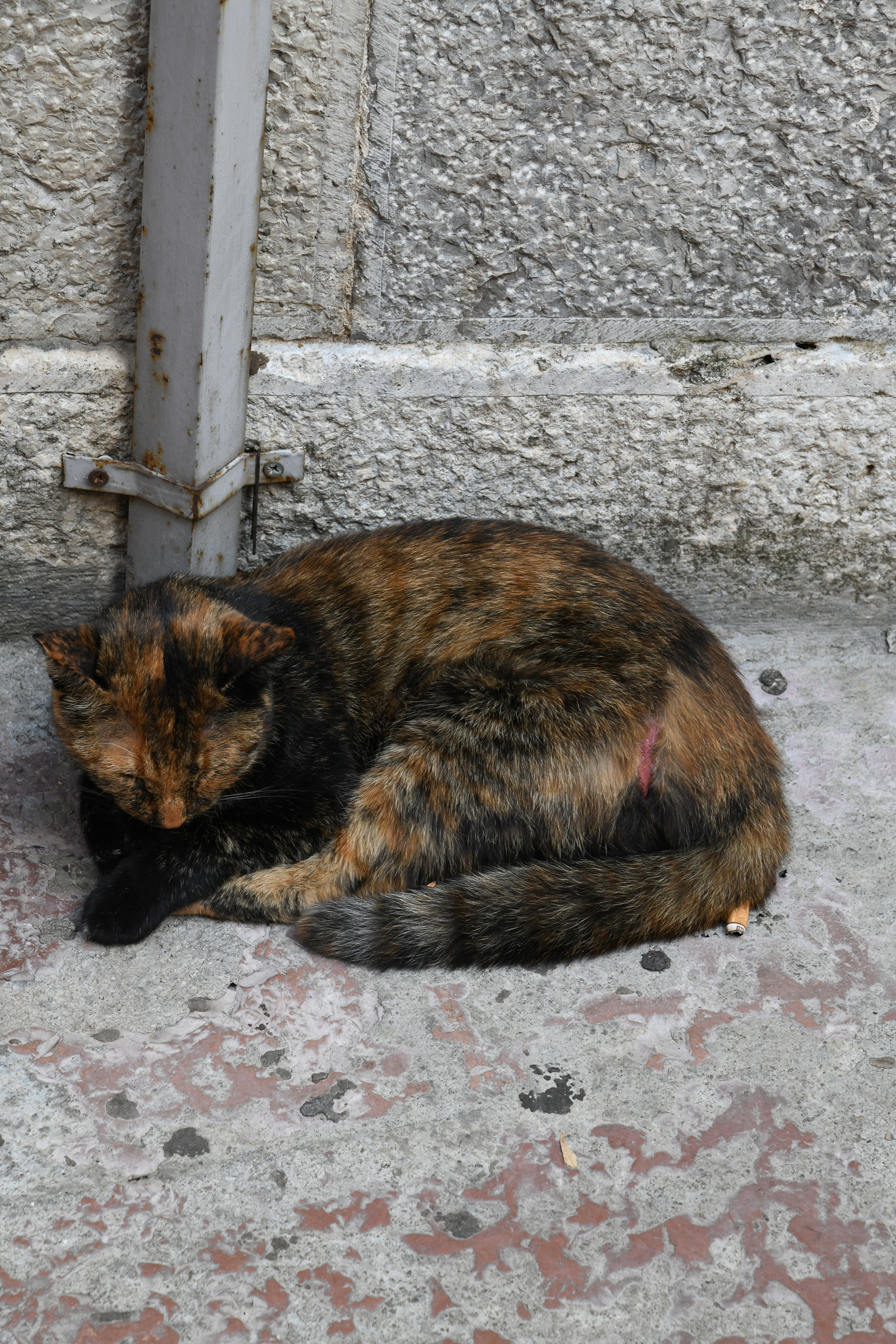
Montenegro’s Independence: After the breakup of Yugoslavia in the early 1990s, Montenegro remained part of the Federal Republic of Yugoslavia, and later the State Union of Serbia and Montenegro. Finally, in 2006, Montenegro declared independence, becoming a sovereign nation, and Kotor became an important part of Montenegro’s tourism industry.
What I enjoyed the most about walking the streets of Kotor with Milo is the powerful feeling of protected history. It’s one thing to walk the streets of Scotland and England and feel historic. And yes, those buildings are. However, the buildings in Kotor just FEEL and LOOK like you are standing in front of a building that is thousands of years old. It felt like a record of humanity and a testament to how religion had shaped the region.
One highlight that I determined was a must visit was the Cats Museum. Which is exactly what it says – it’s a museum cultivated to the history, lore and love of cats.
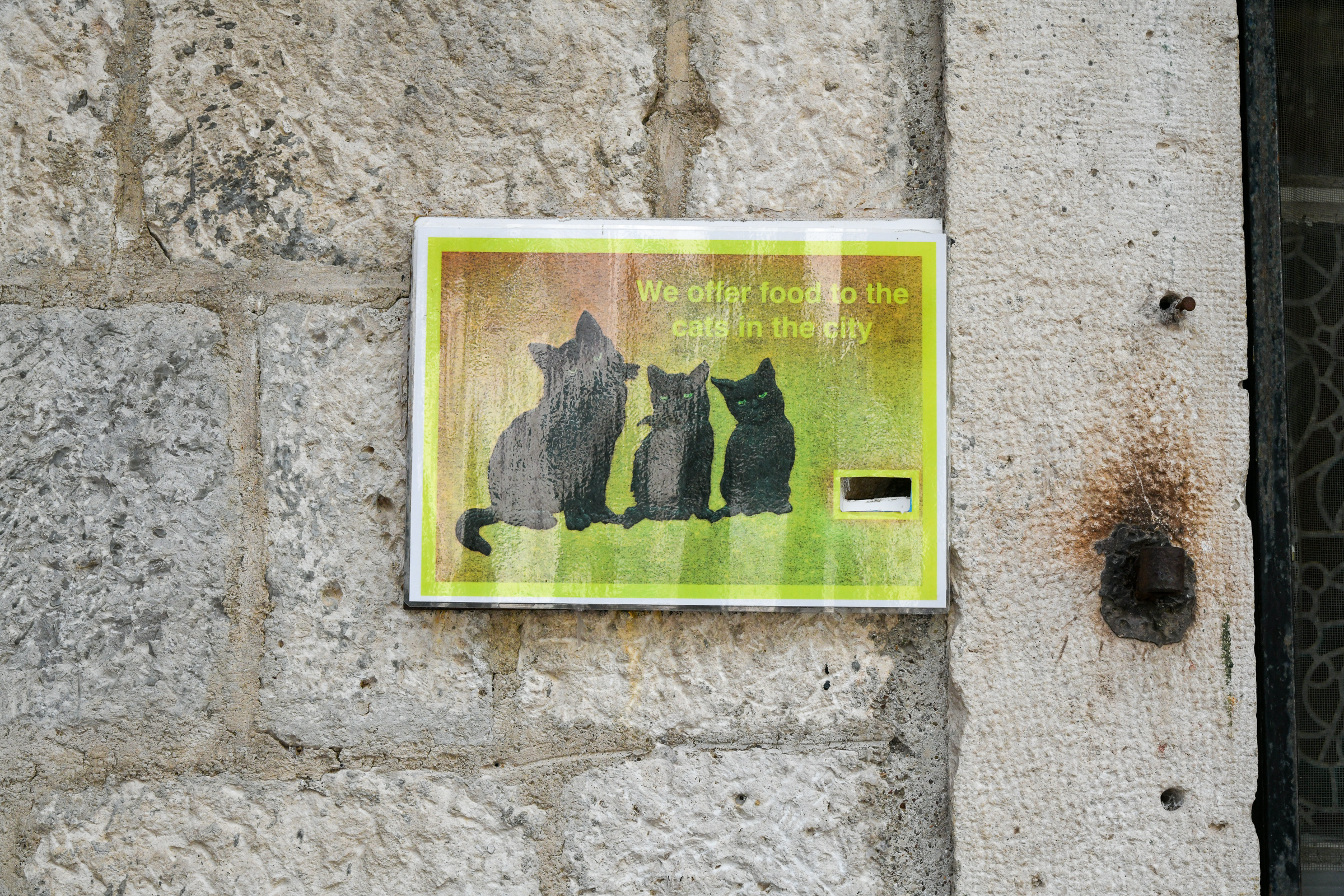
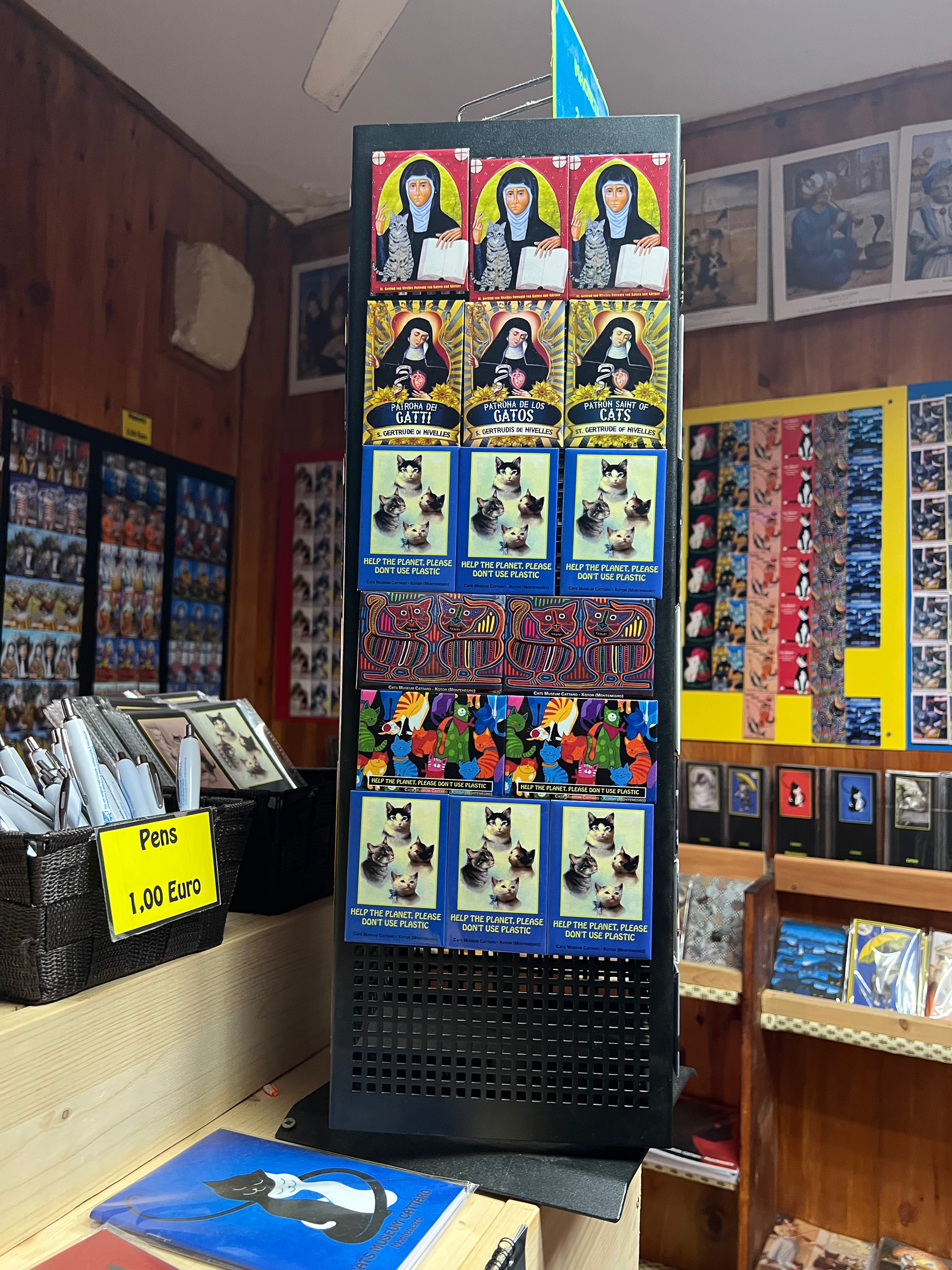
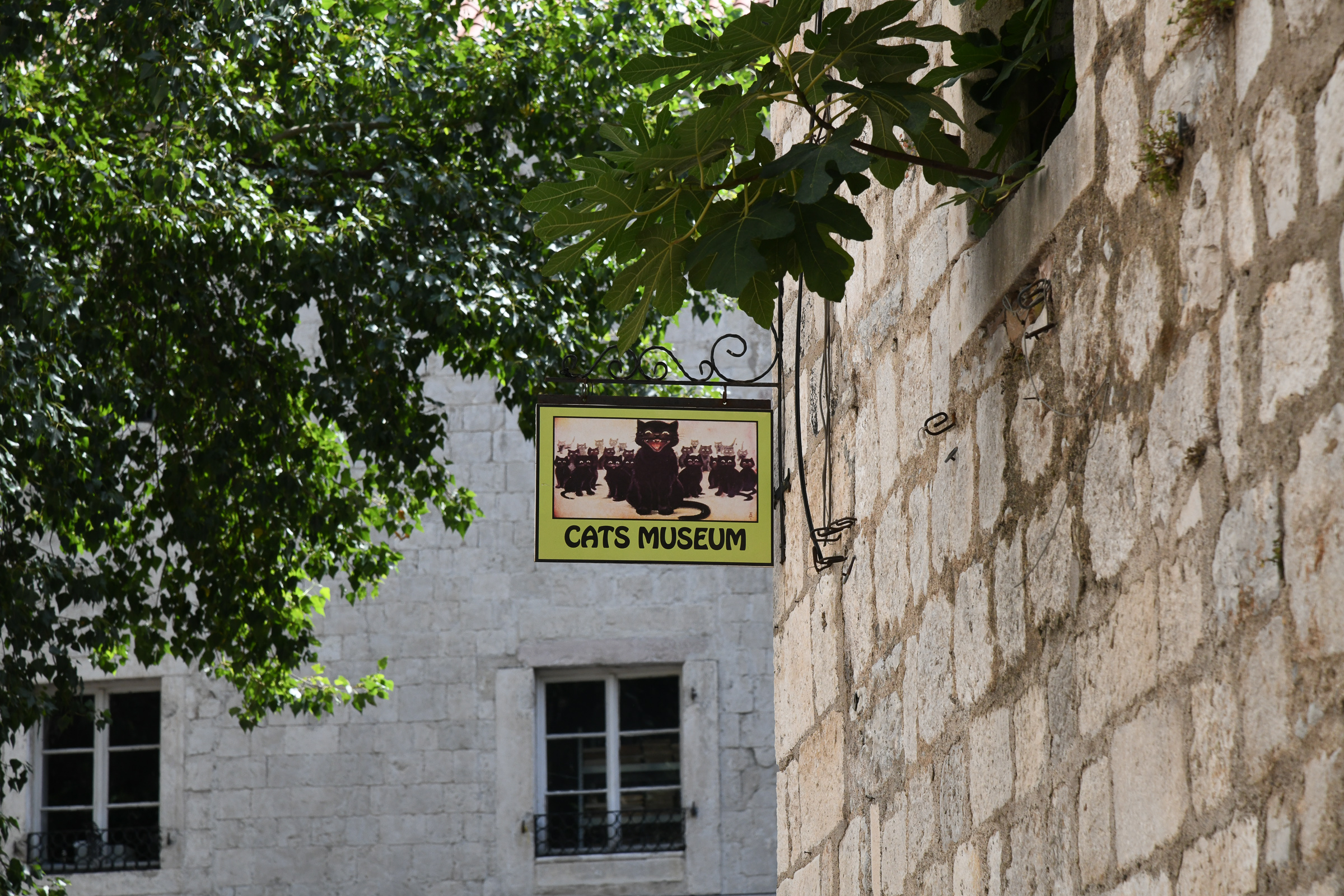
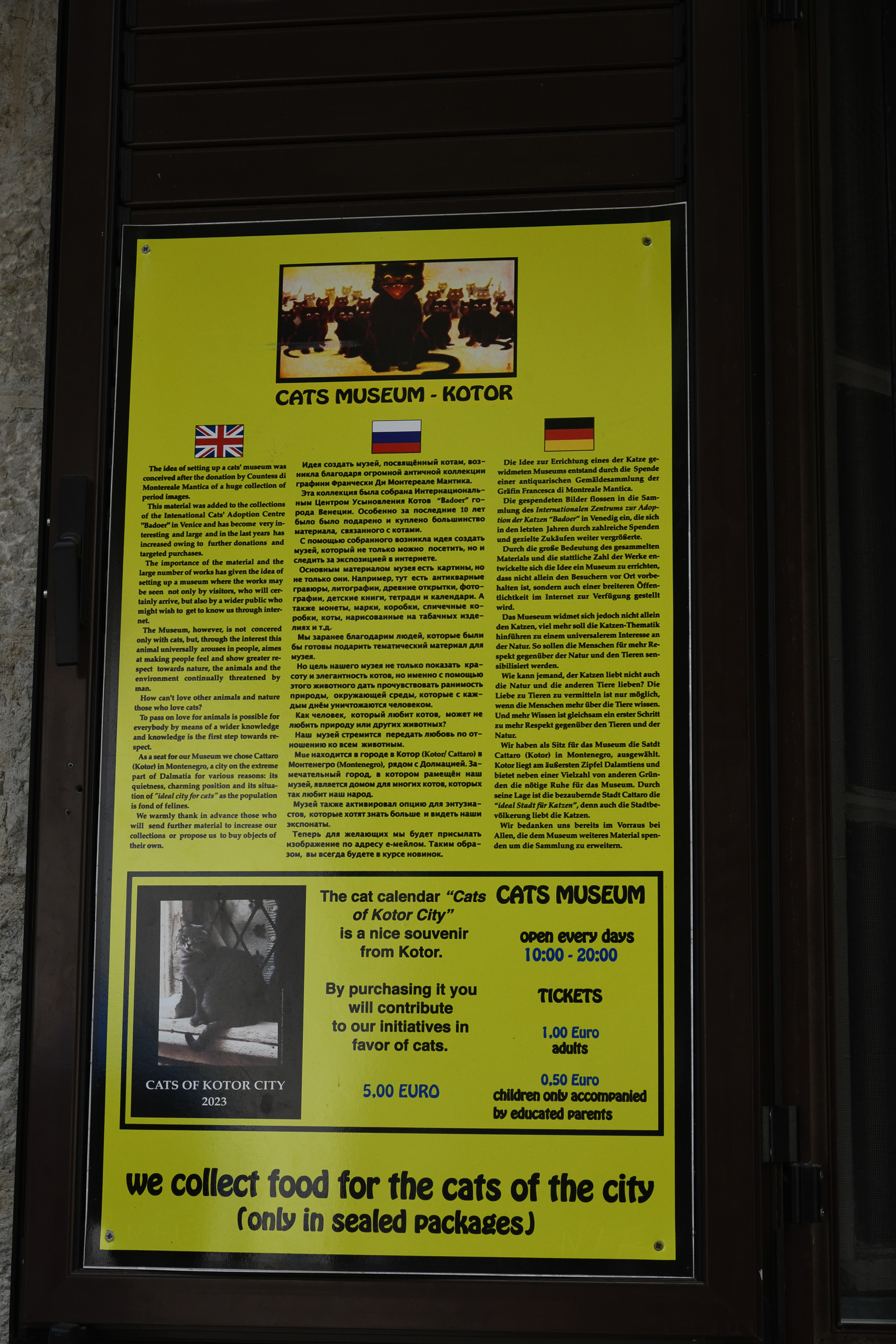
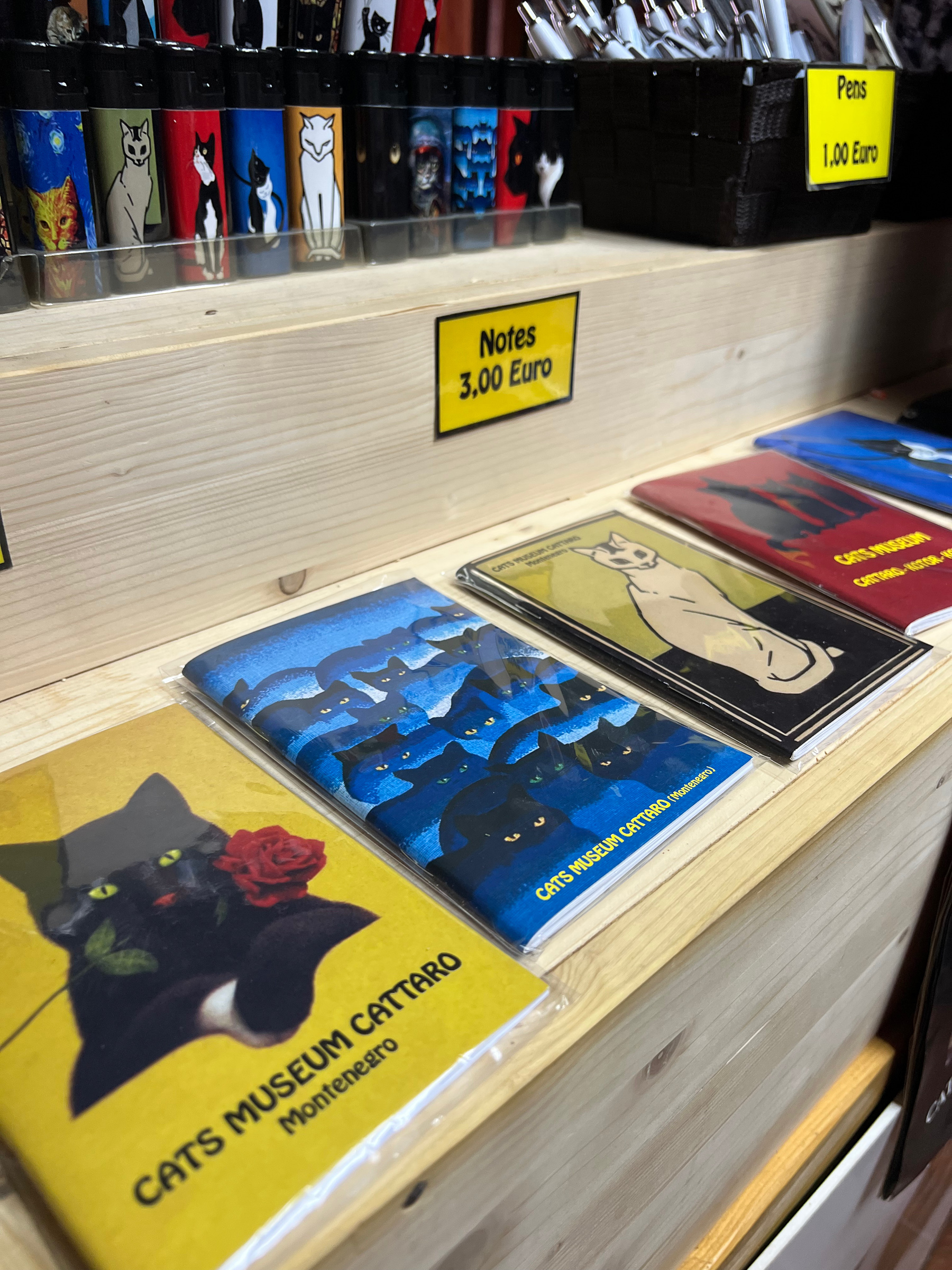
Another highlight was the history of the Kotor Clock Tower, which is a focal point of the Trg od Oružja square.
From Viator:
Built in 1602, the clock tower in the center of Kotor is the focal point of the town. Standing three stories tall with two clock faces, it is one of the first things people see as they enter the town through the main sea gate. Combining elements of both Baroque and Gothic architecture, the tower is made of gray stone and features a coat of arms on the front of the building that belonged to the family of a Montenegrin prince from the era when it was built. On the ground level is a watchmaker’s shop that is said to have been there since the 17th century. In front of the tower is a small pyramid shaped stone that served as a pillar of shame where local criminals were once tied as punishment.
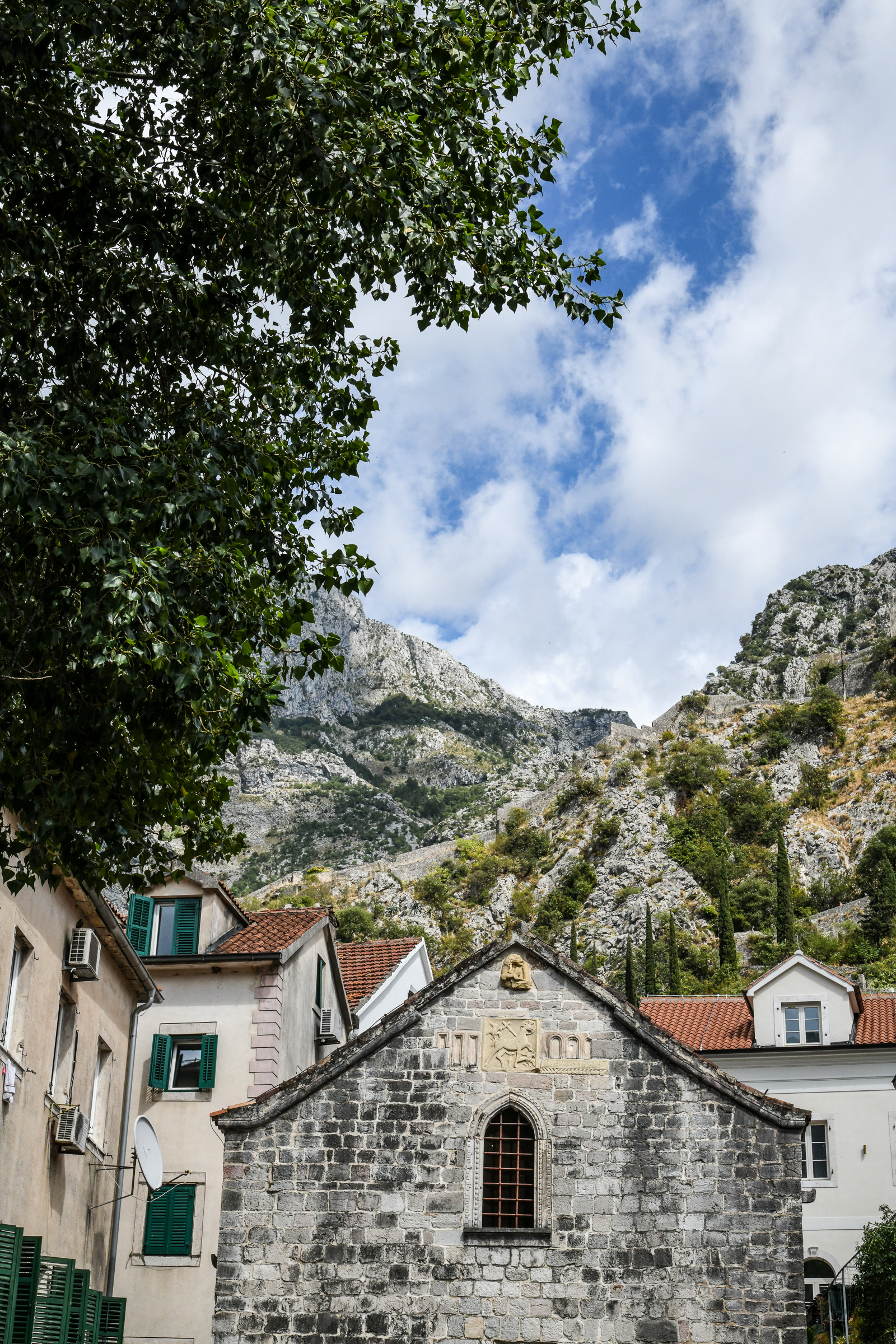
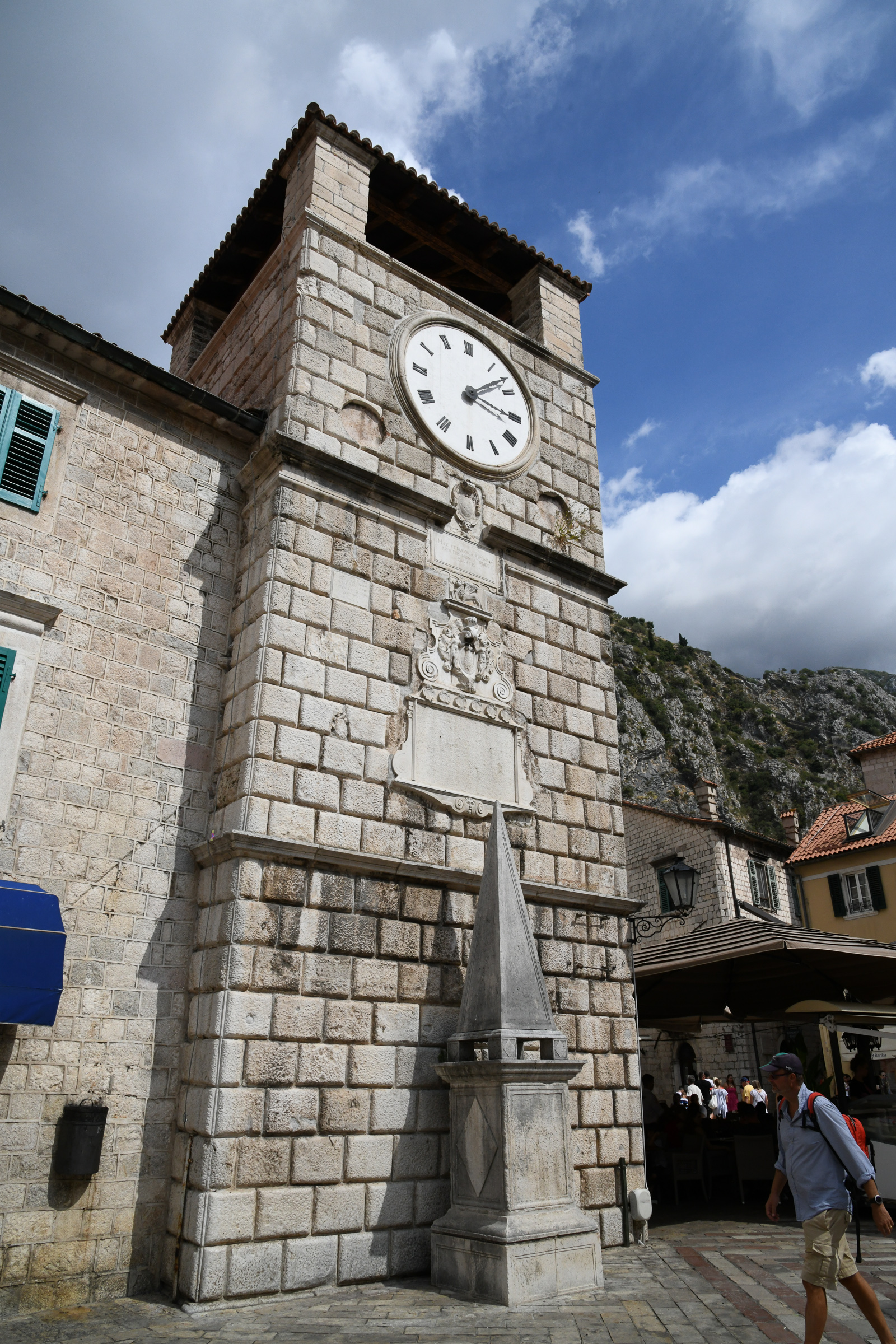
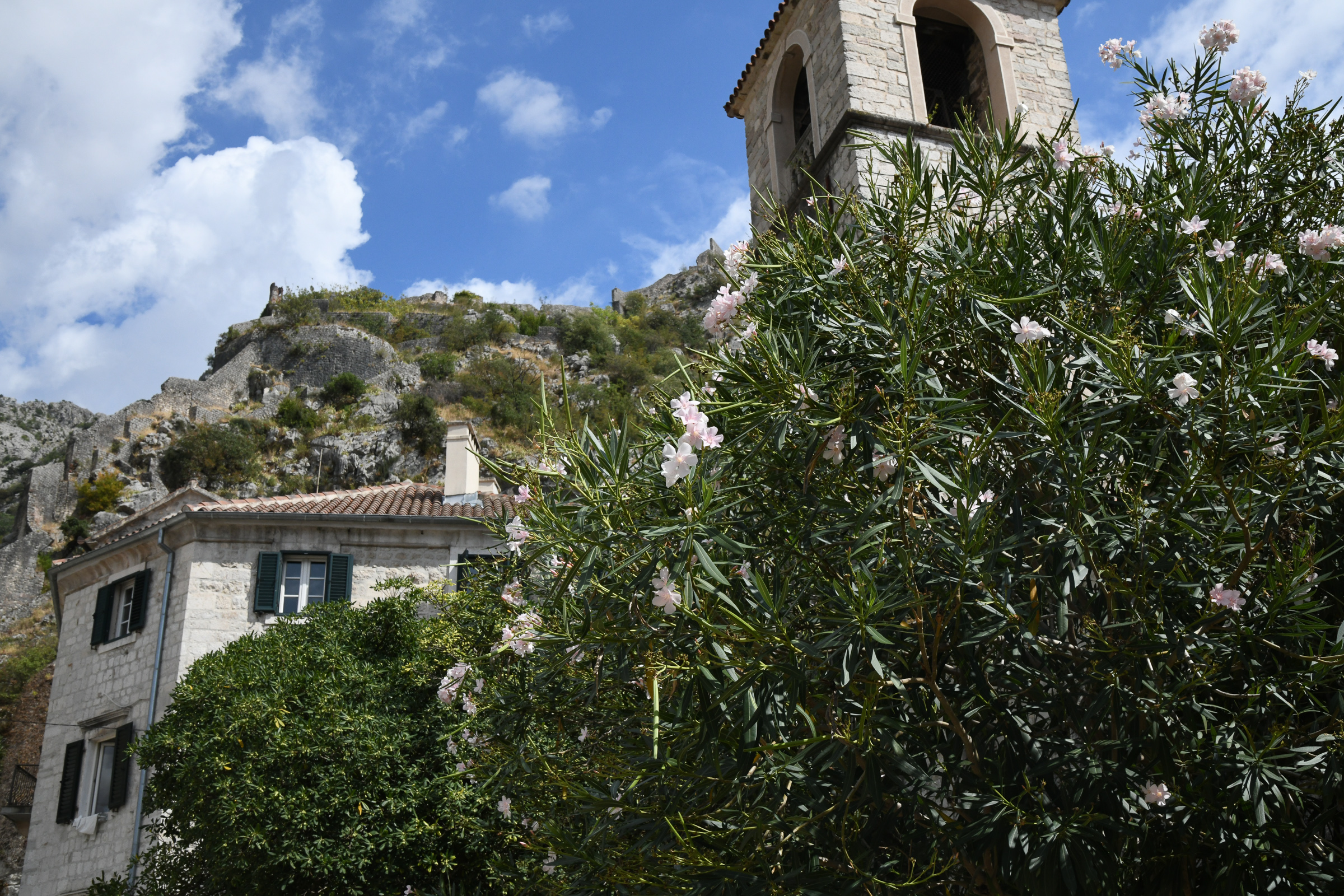
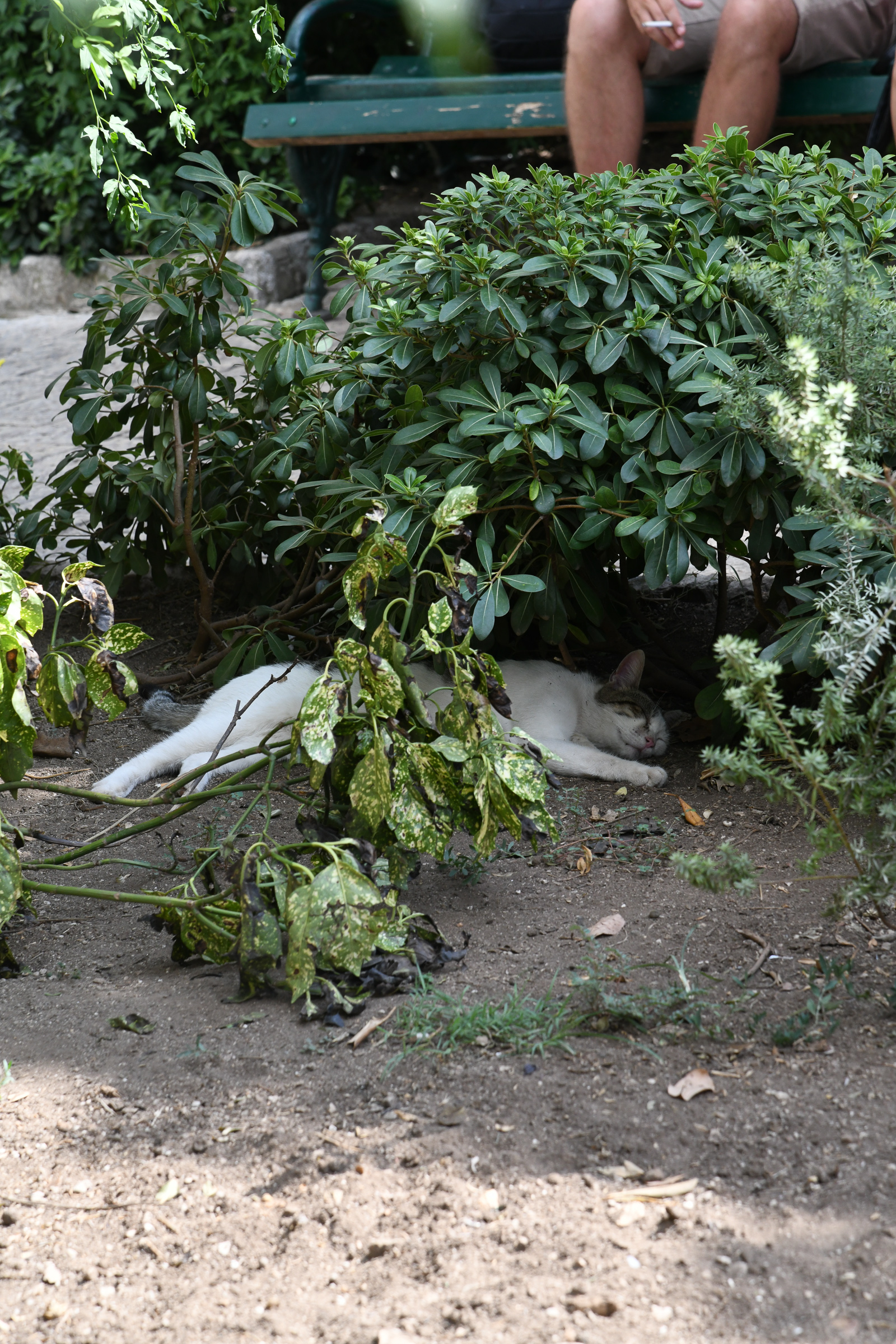

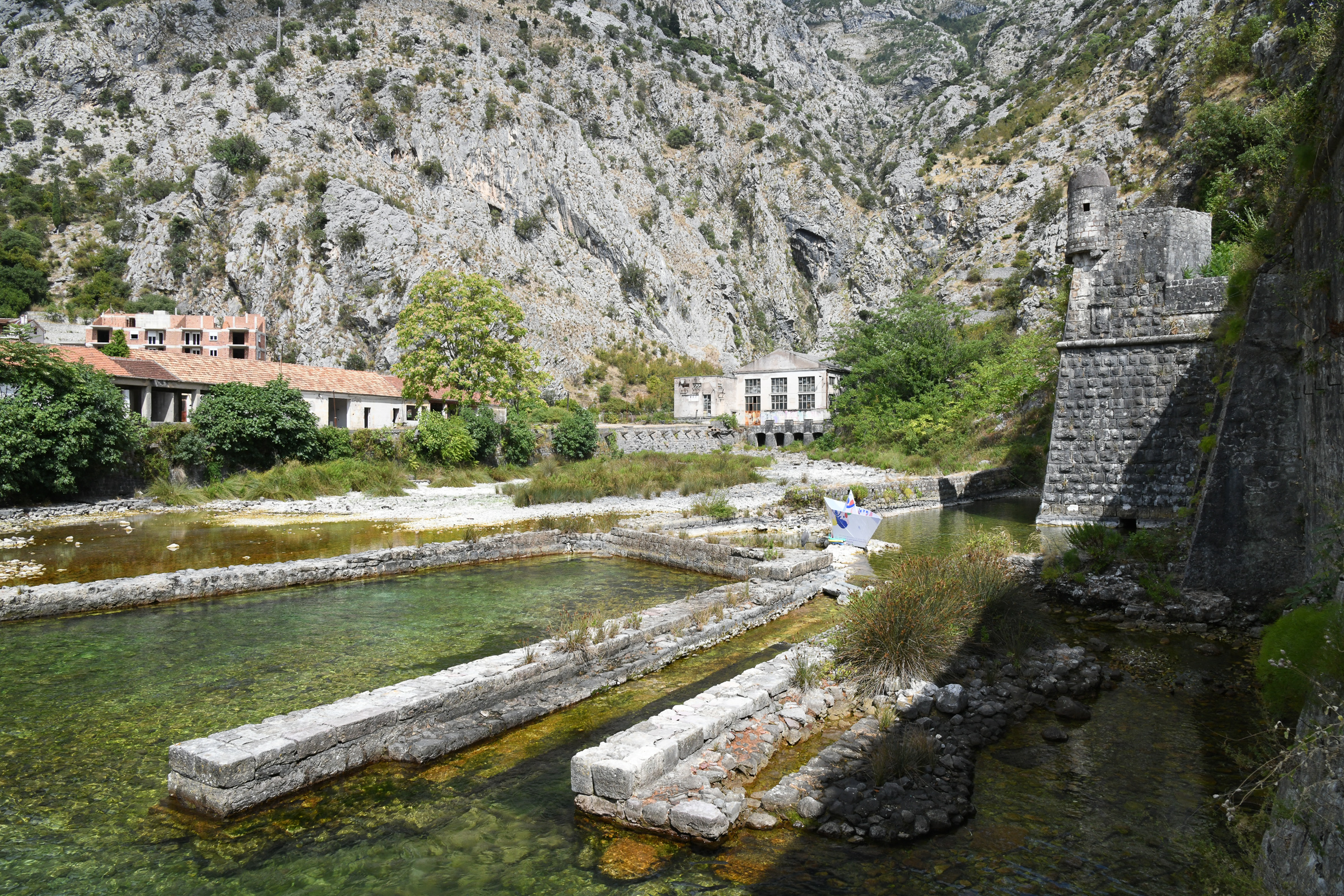
Walking these streets, I felt the energy of history beneath my shoes.
Before returning to the car, I insisted that we stop at Dojmi to the end of the tour, as I was rather hungry and wanted to get us both refreshments. I ordered the PROSCIUTTO PIZZA (tomato sauce, gouda cheese, prosciutto, sun-dried tomato, rocket salad, parmesan cheese, olive oil) and sodas for us both. They were cool and refreshing on a warm day.
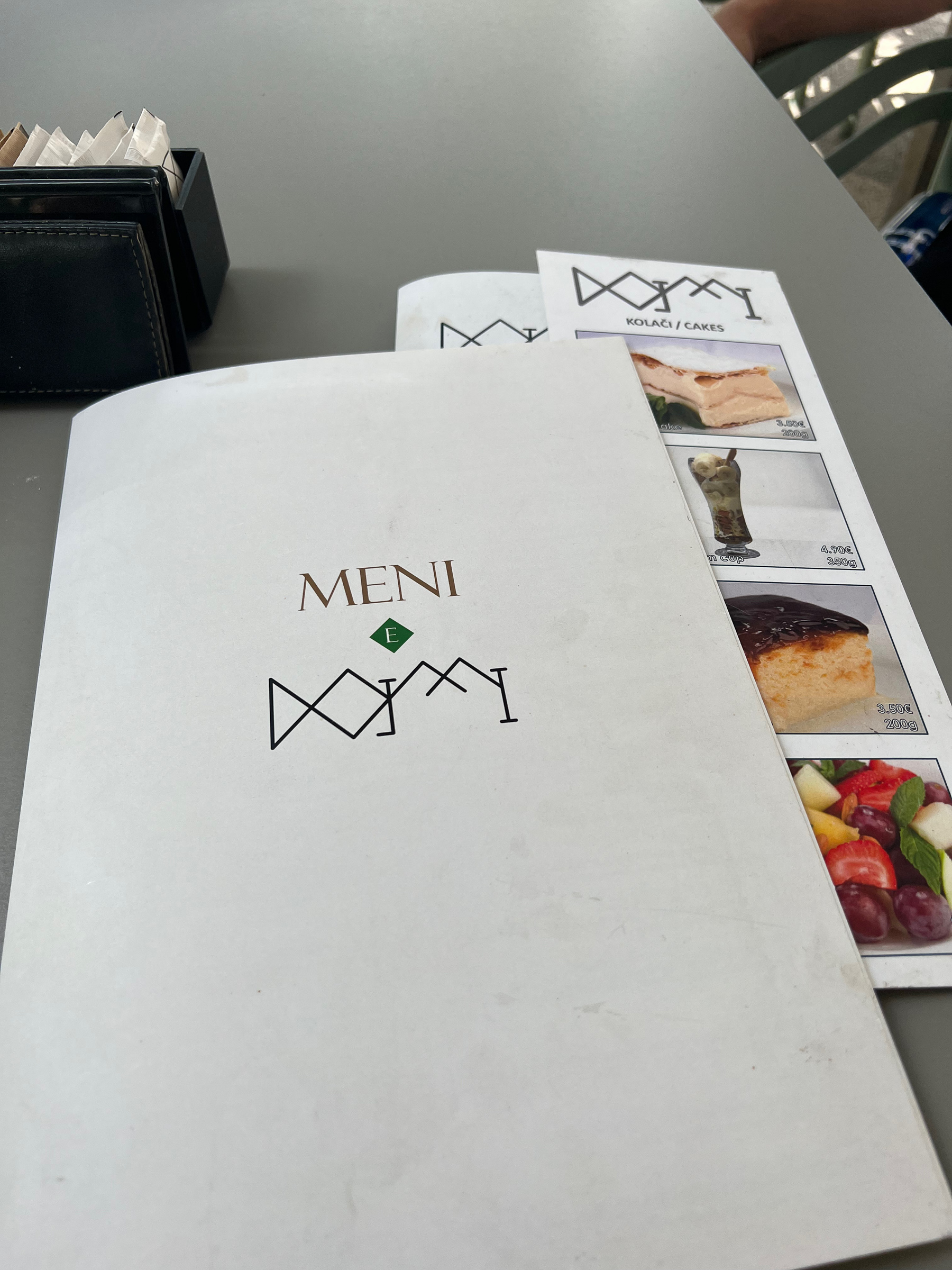
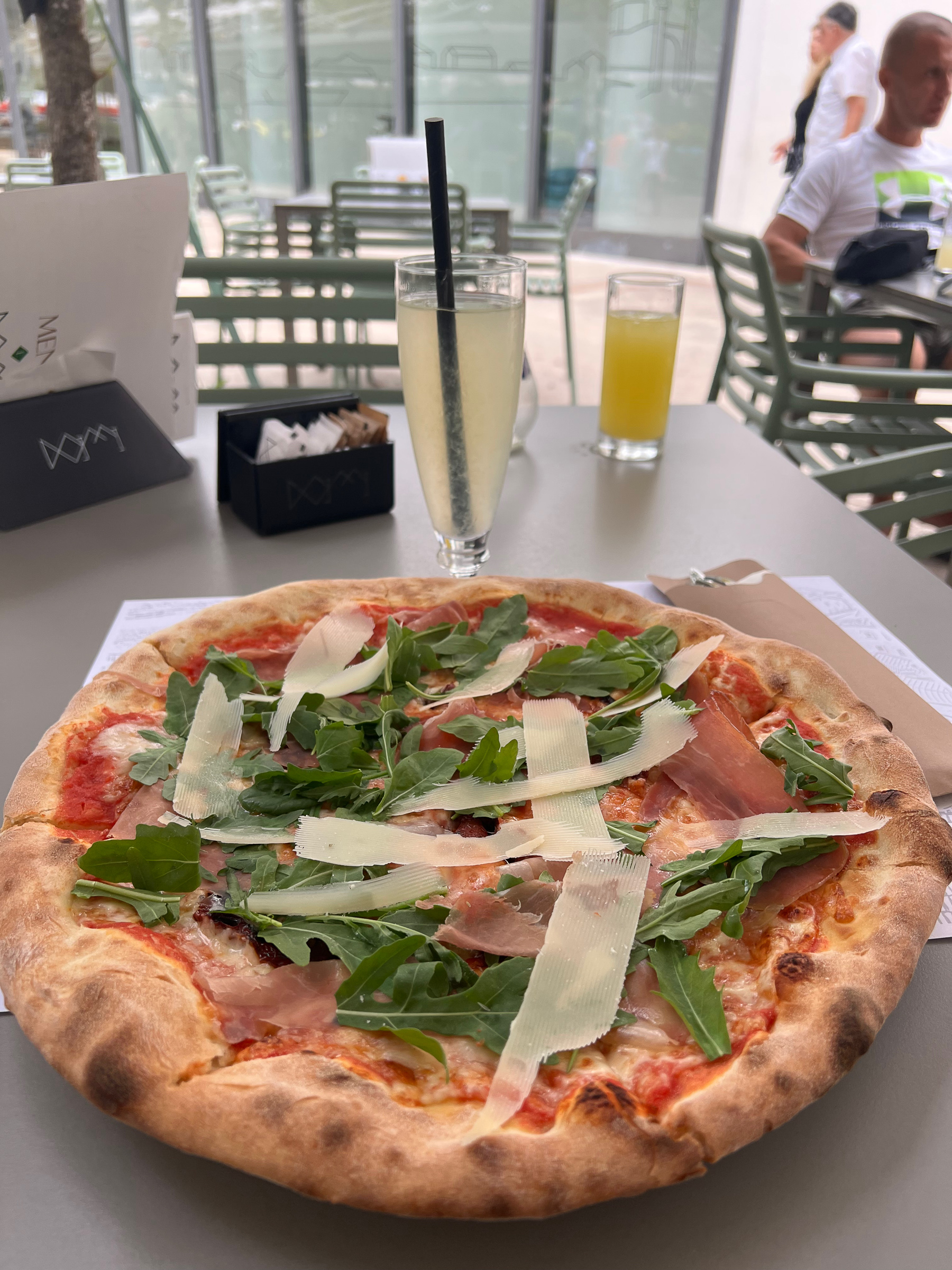
To end our time together, Milos graciously drove me to Mahakala Retreat Center in Buljarica, Montenegro, for the yoga retreat I was attending, produced by Kineesi and Shamanic Yoga.
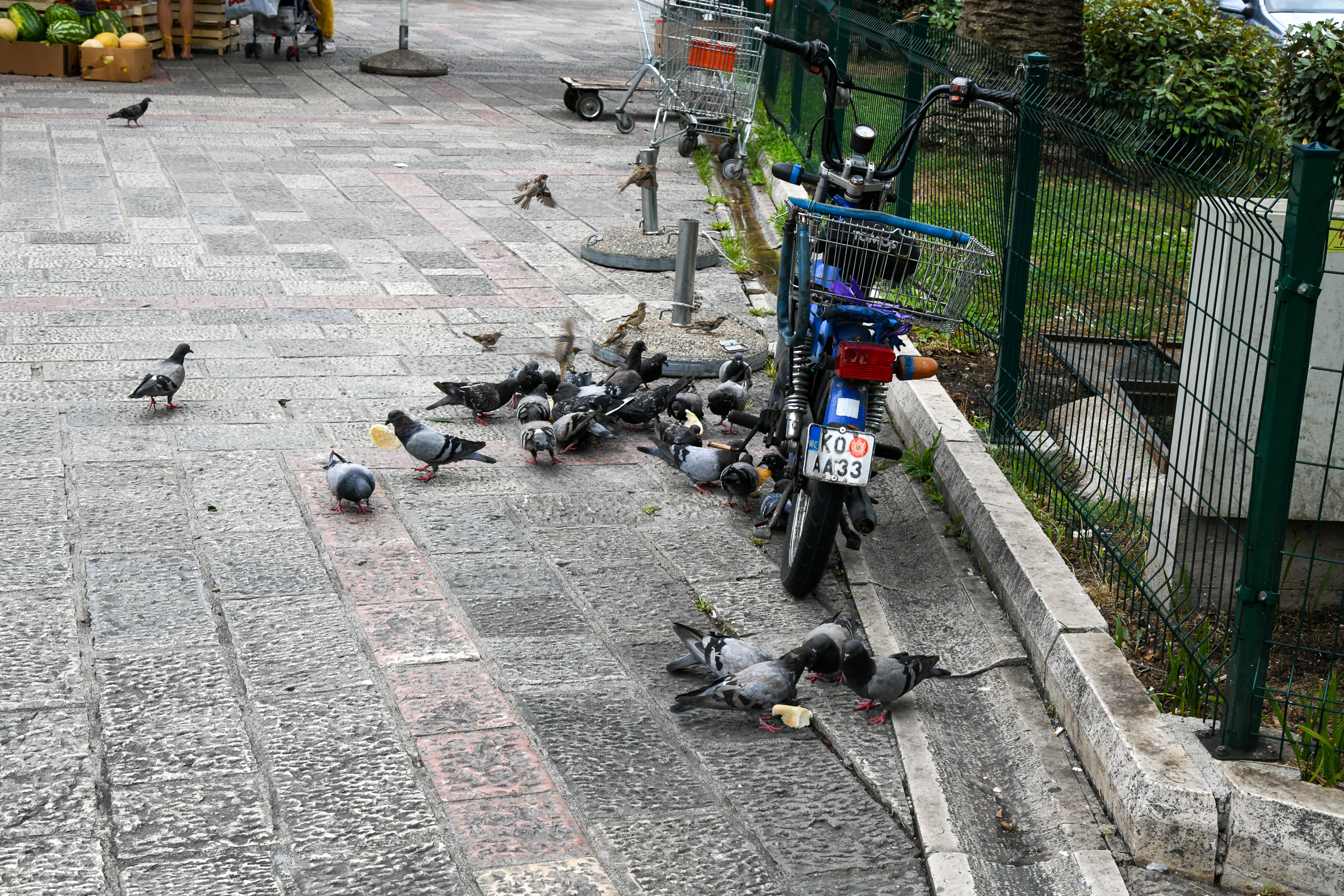
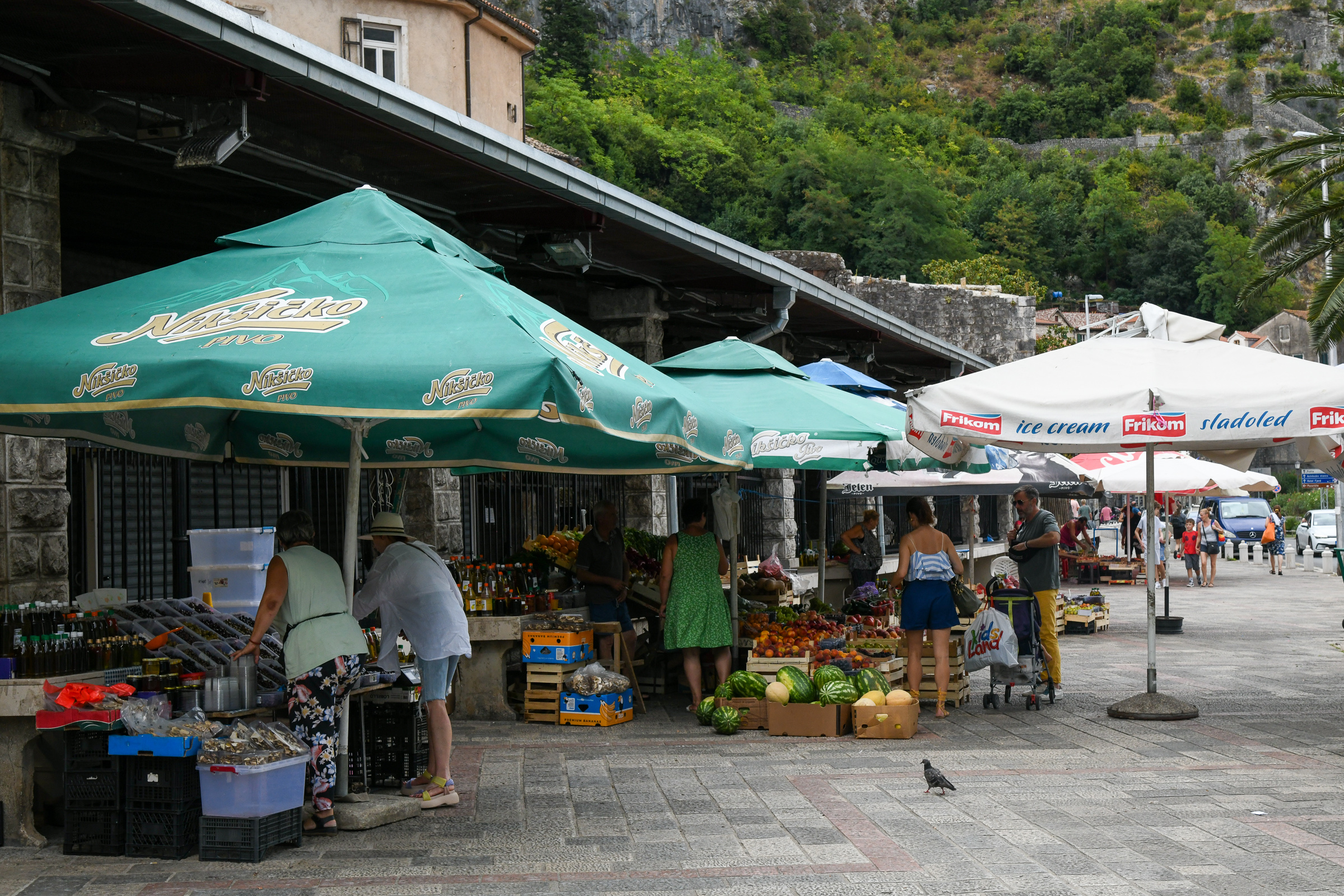
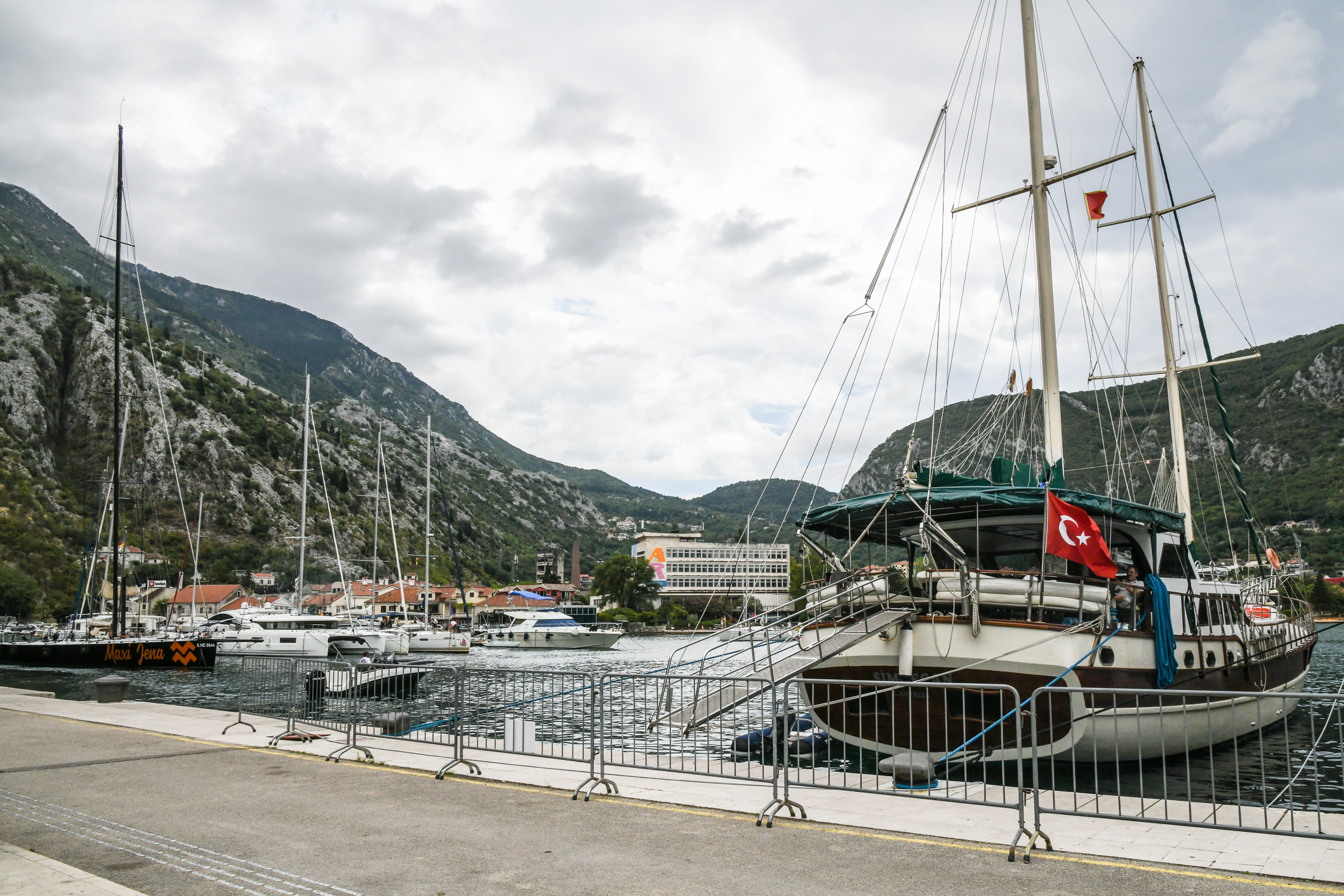
Private Walking Tour of the Old Town of Kotor, Montenegro
Kotor, Montenegro
